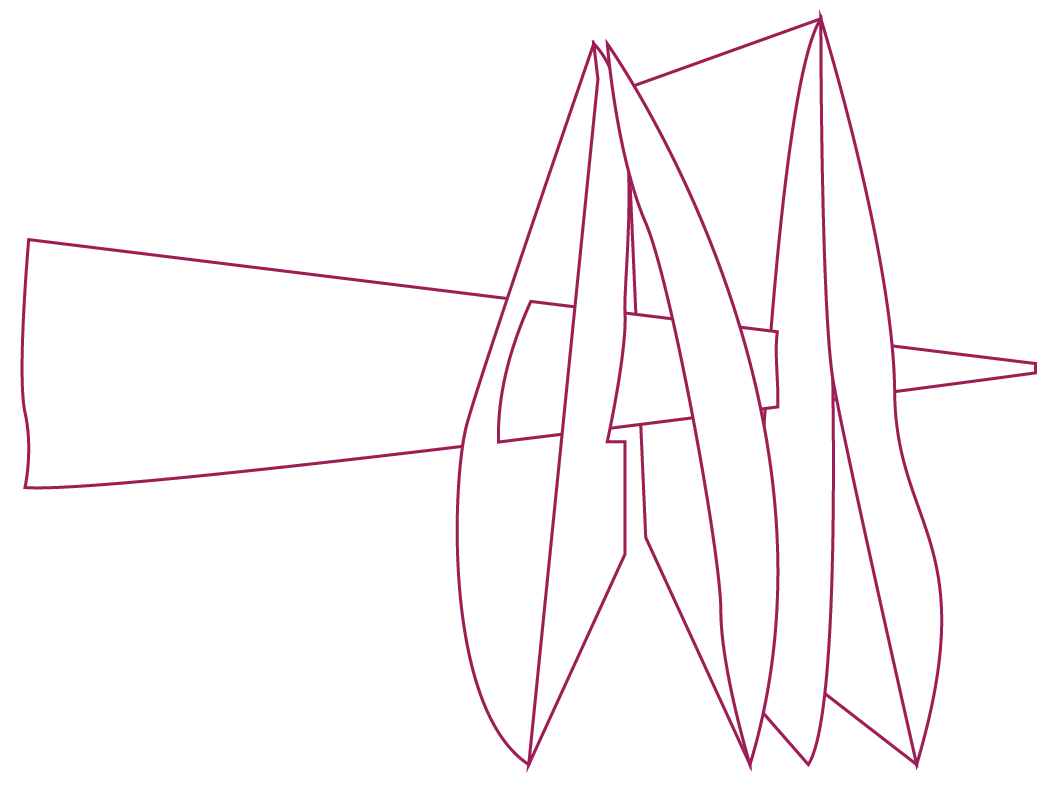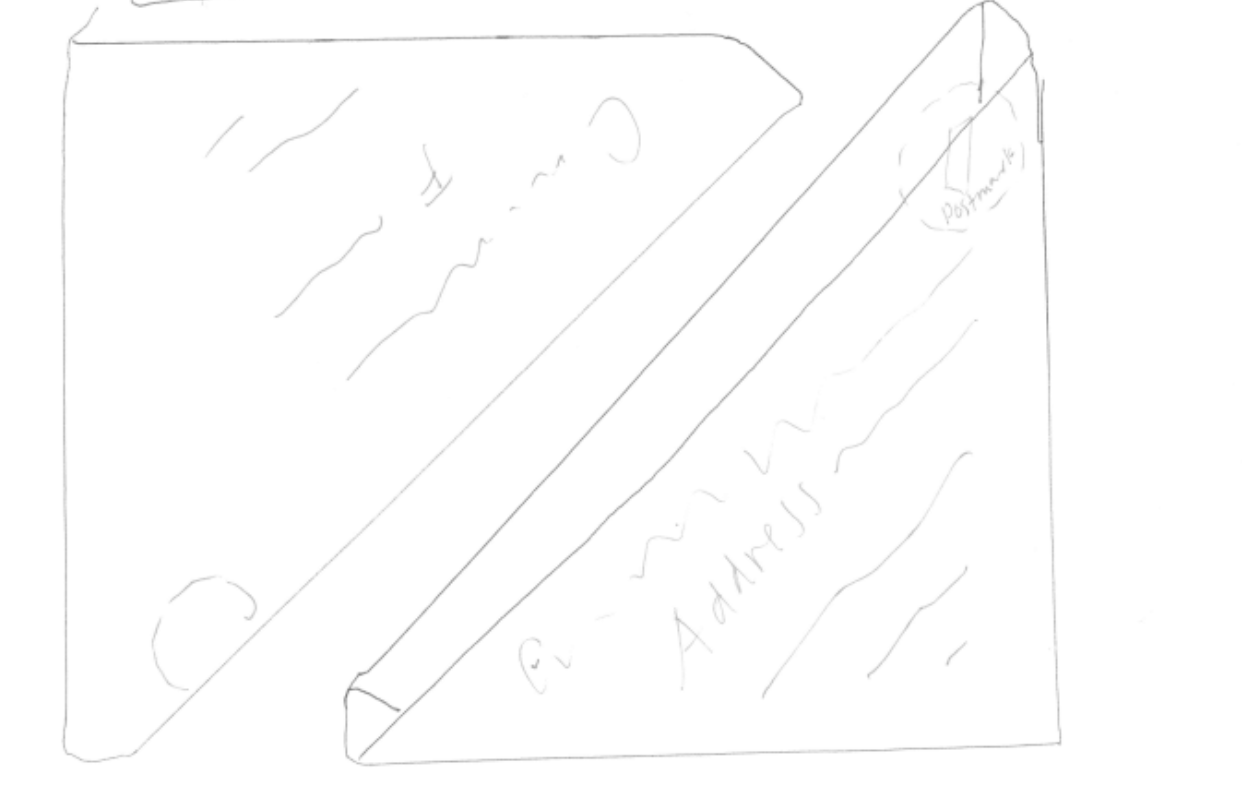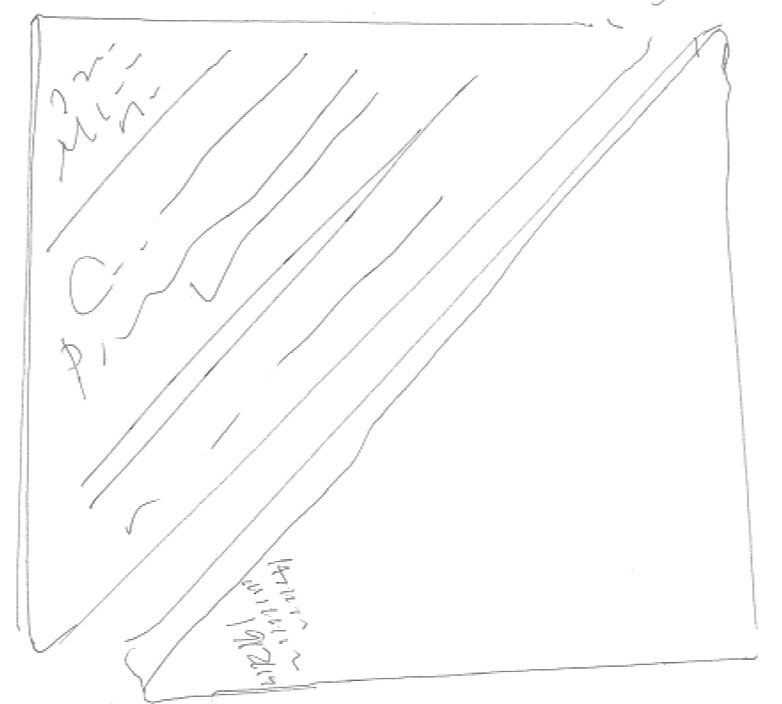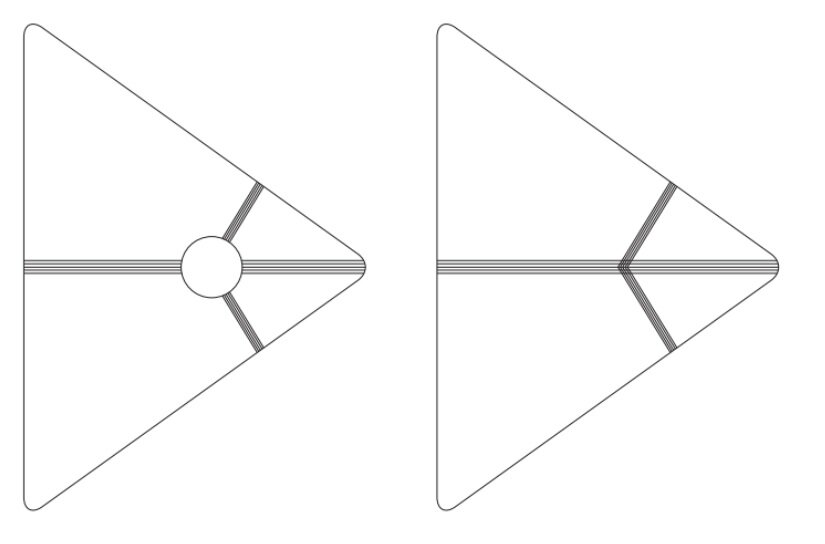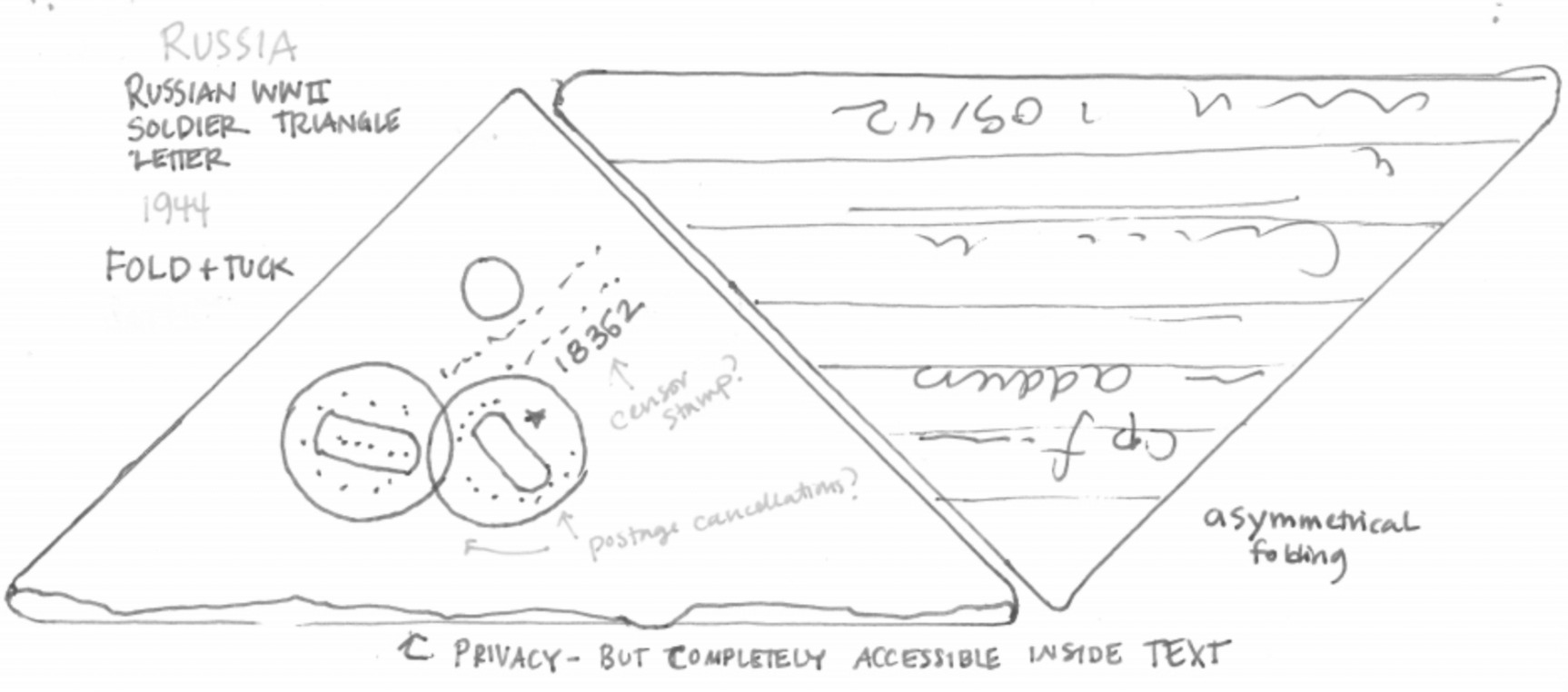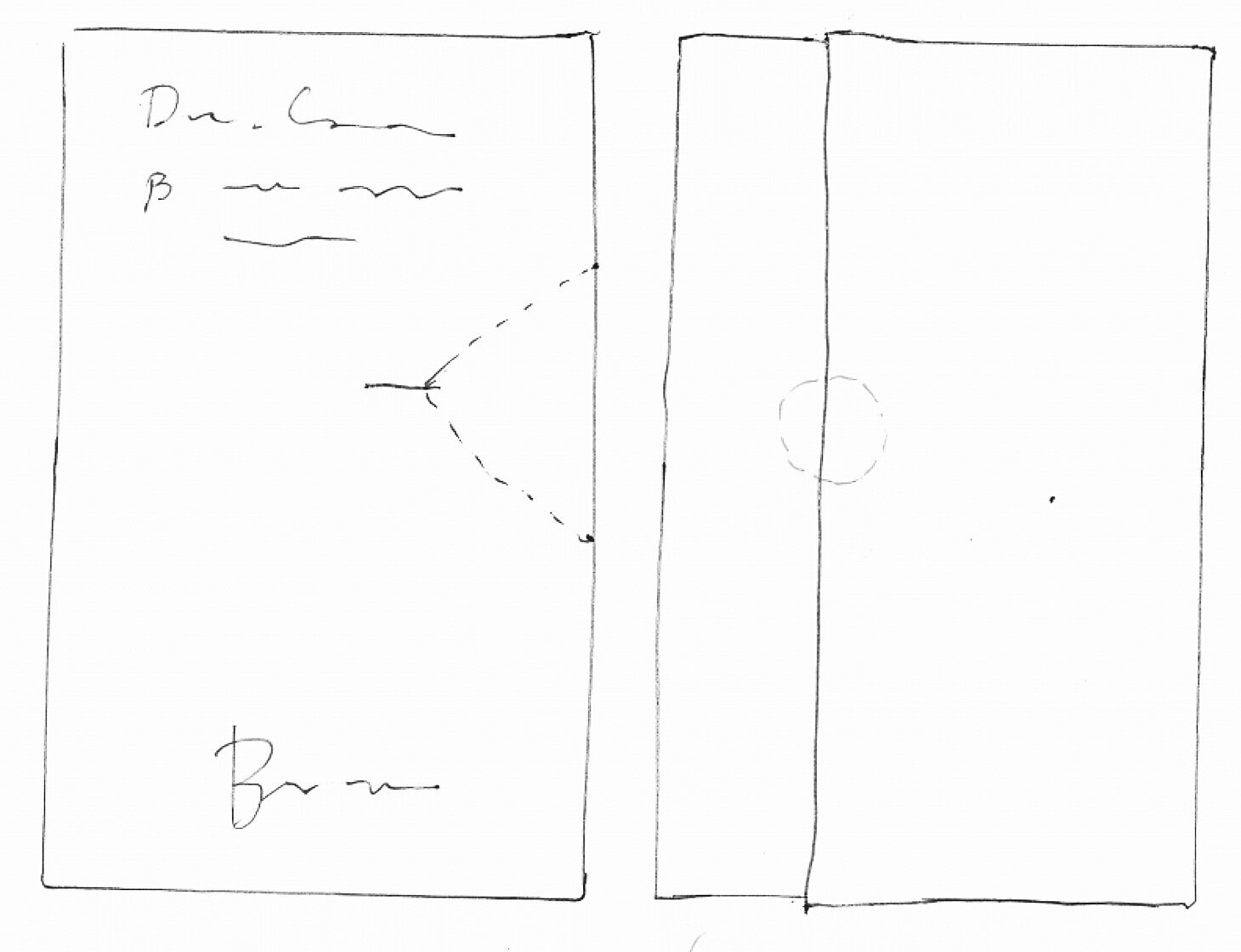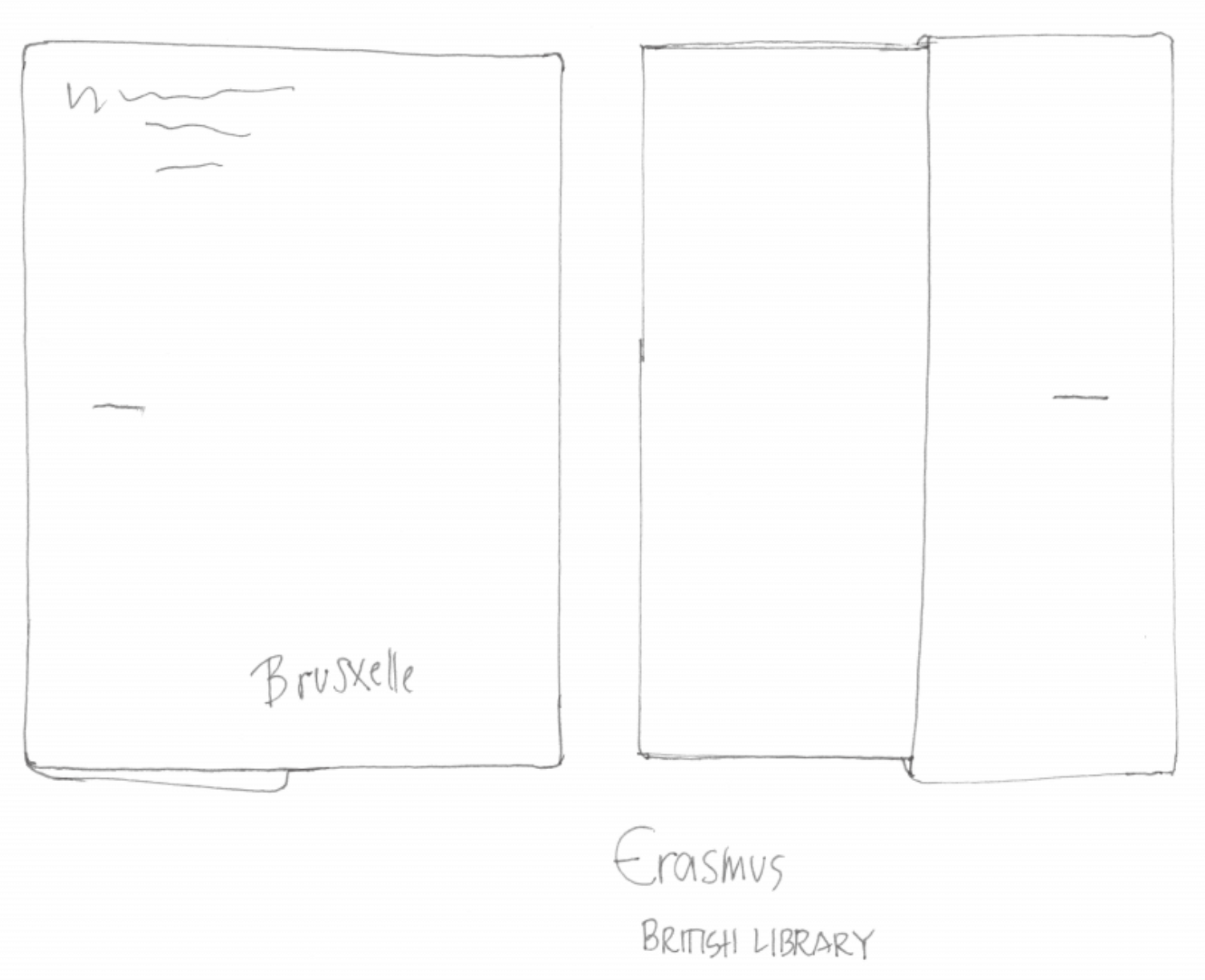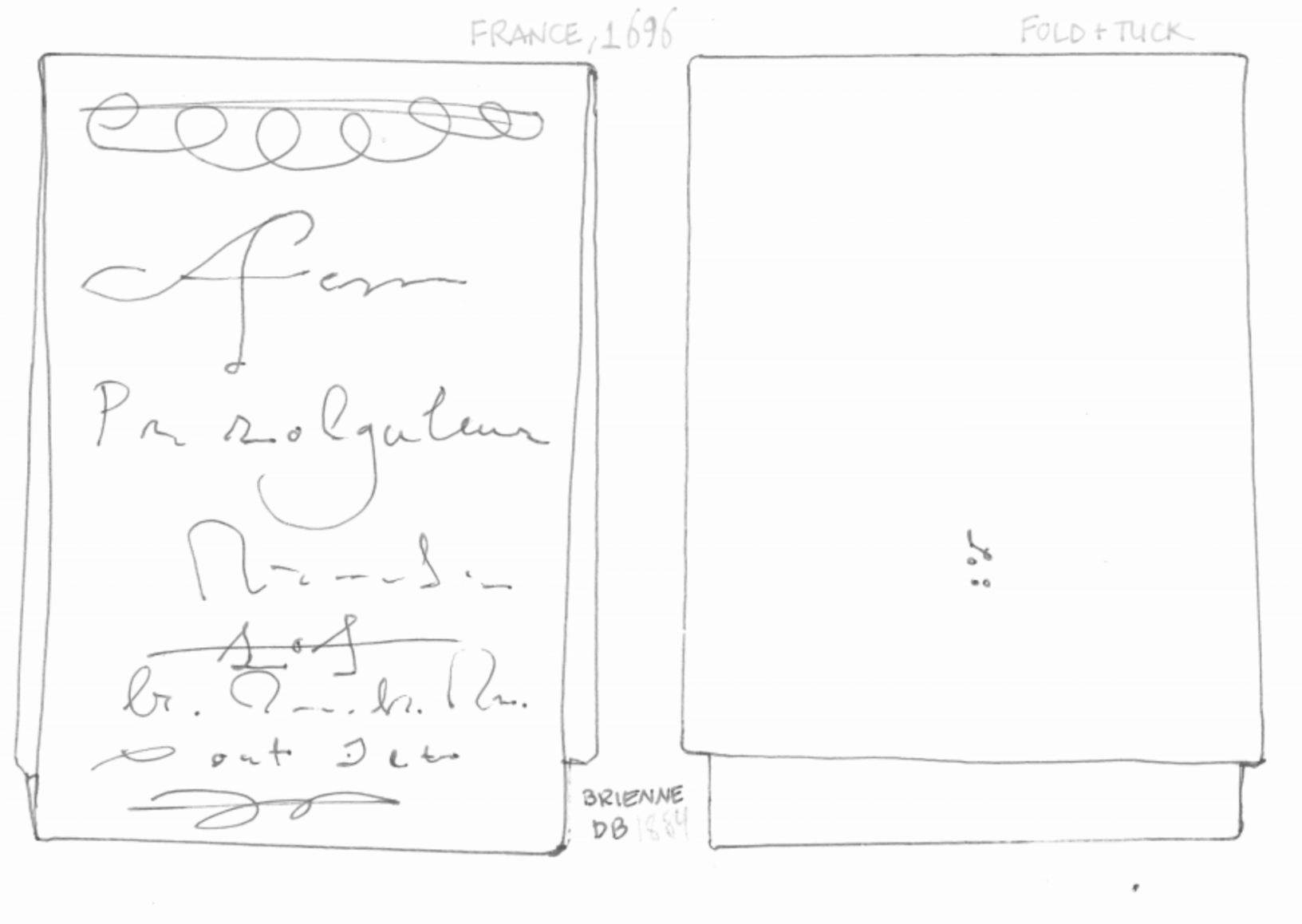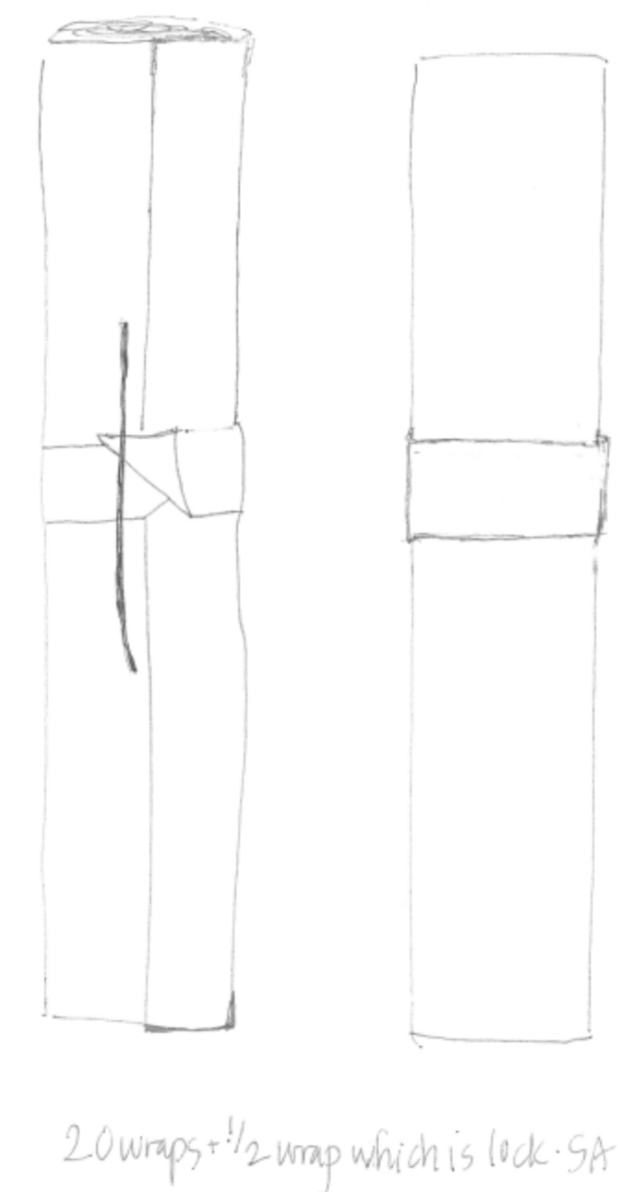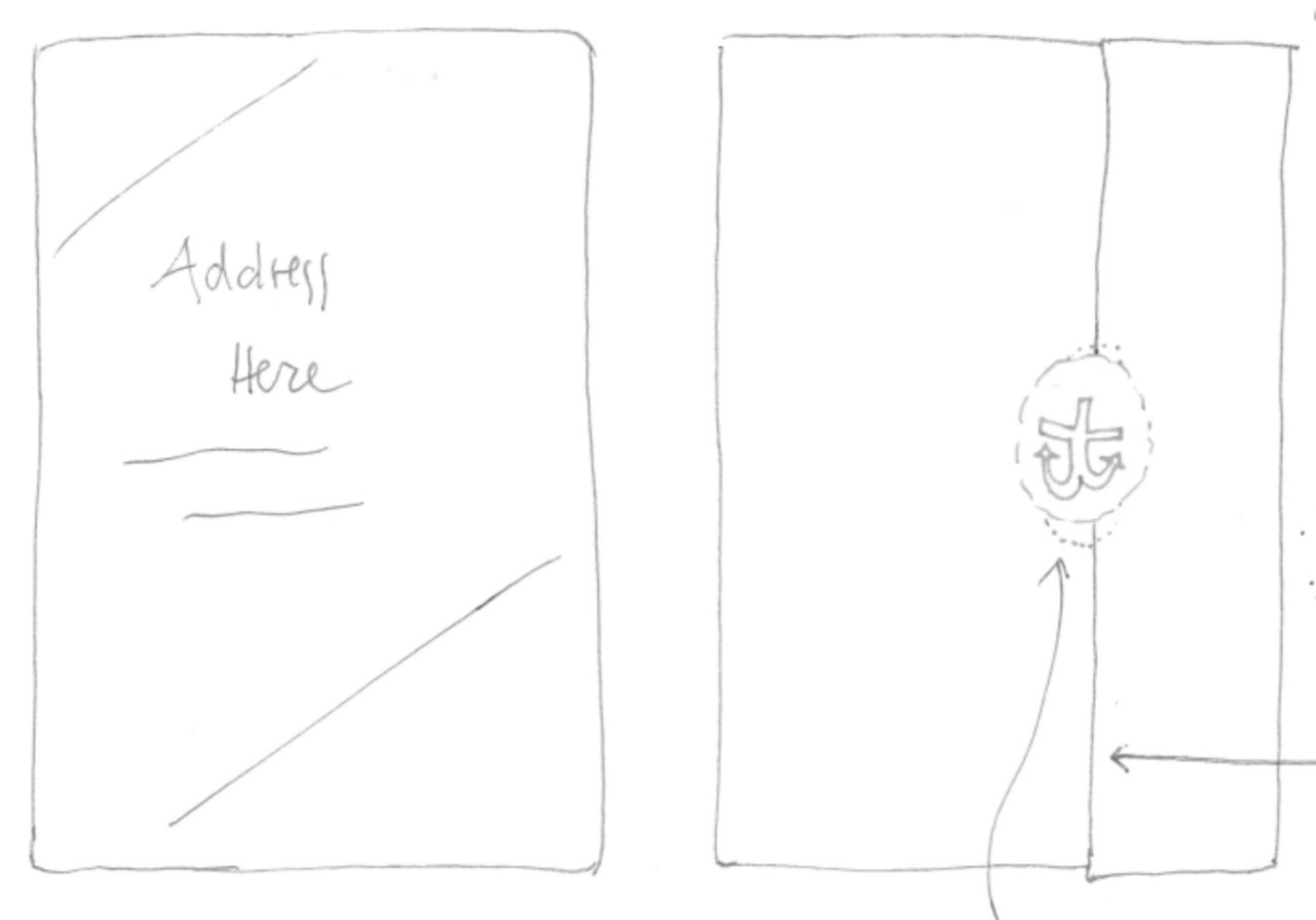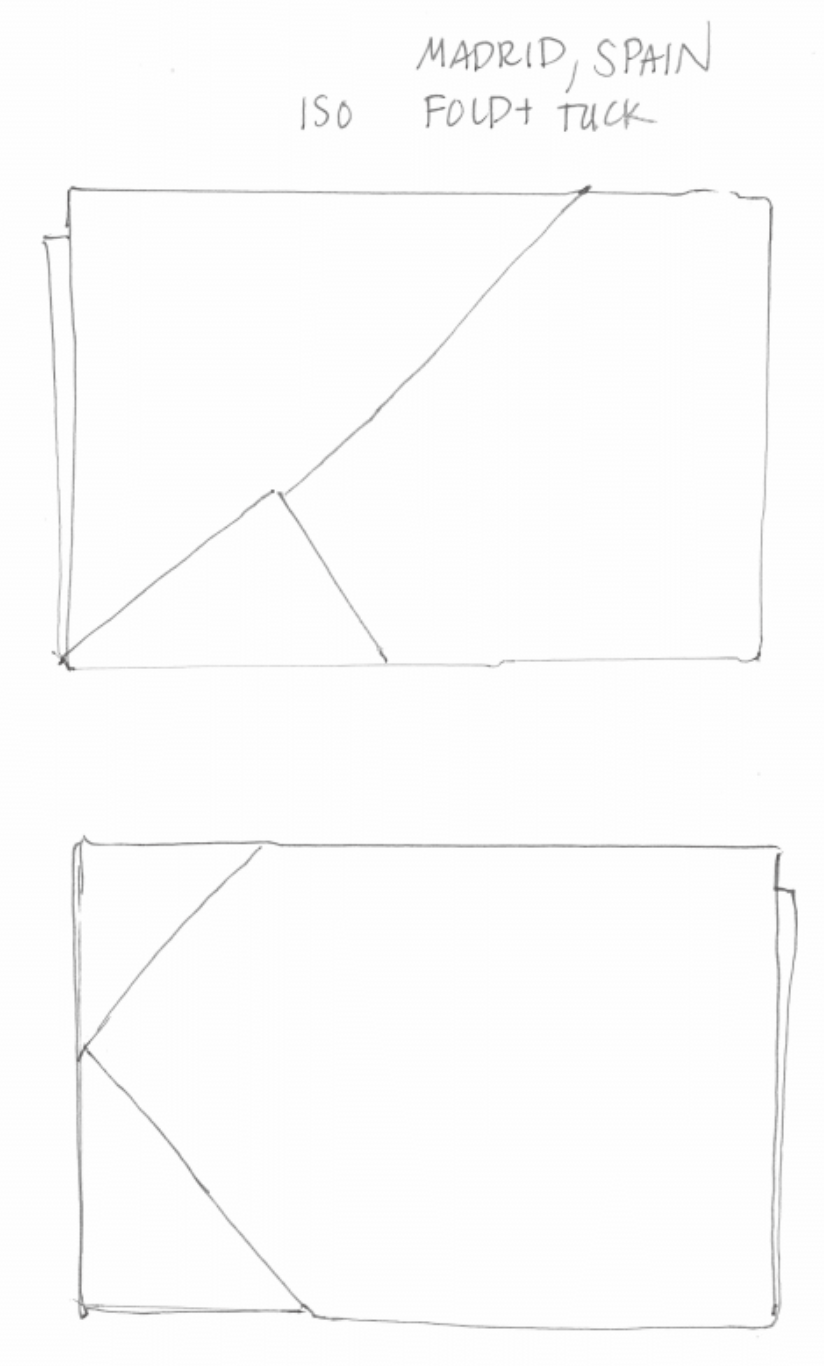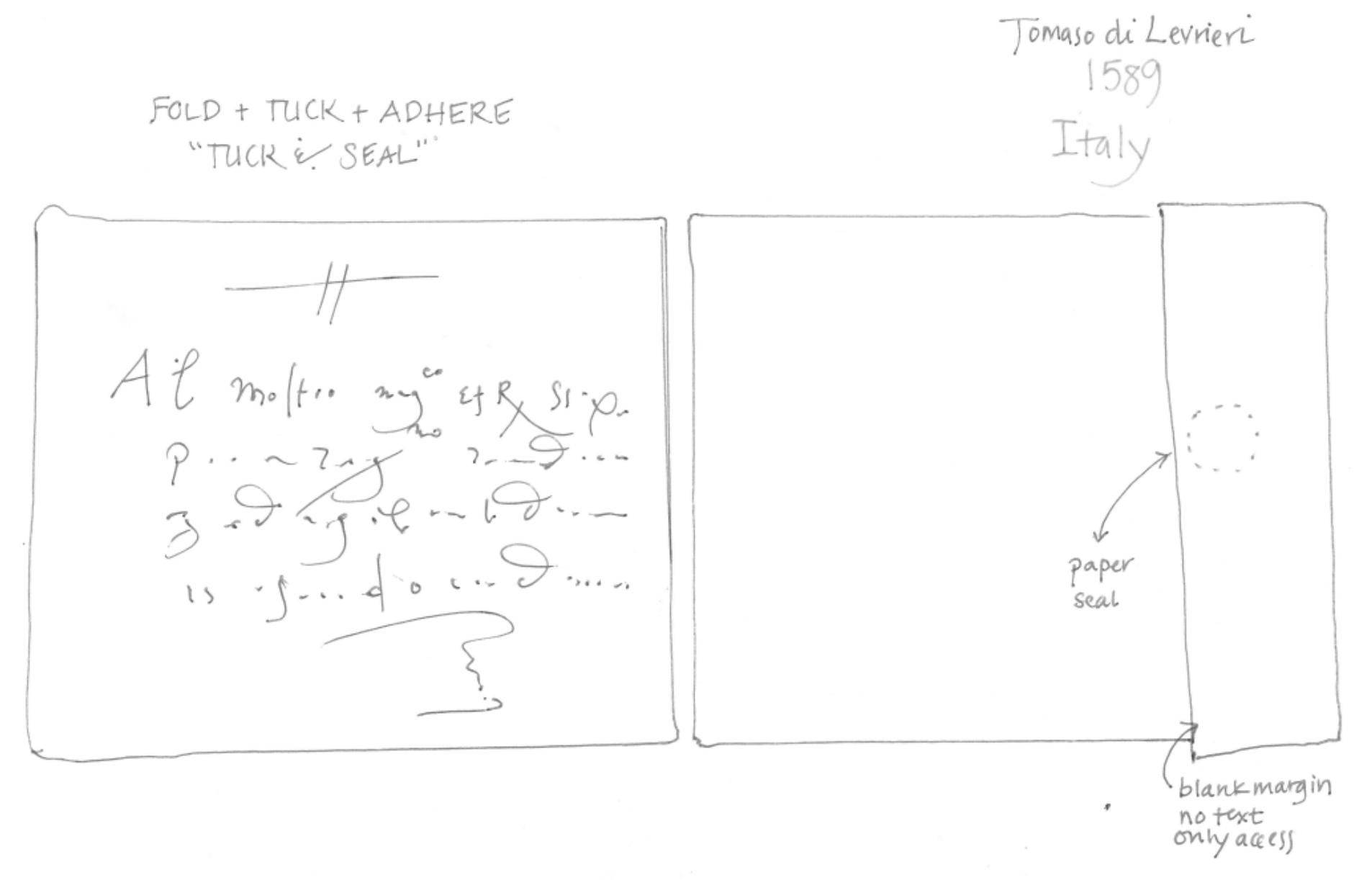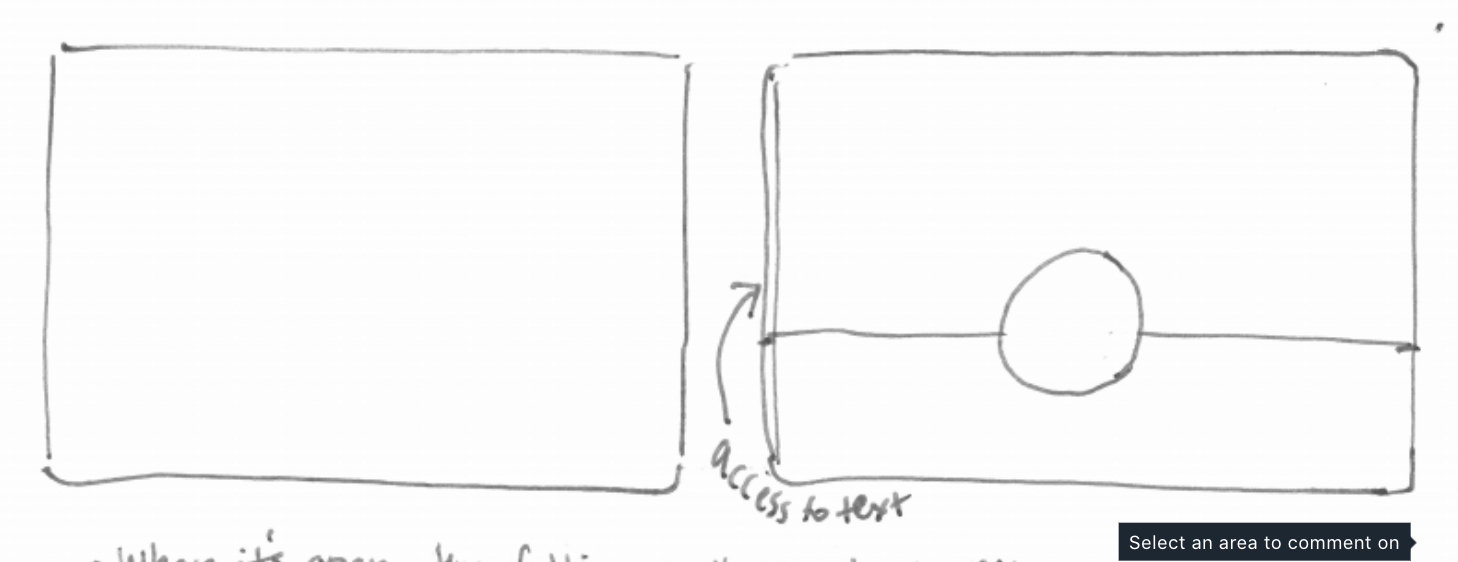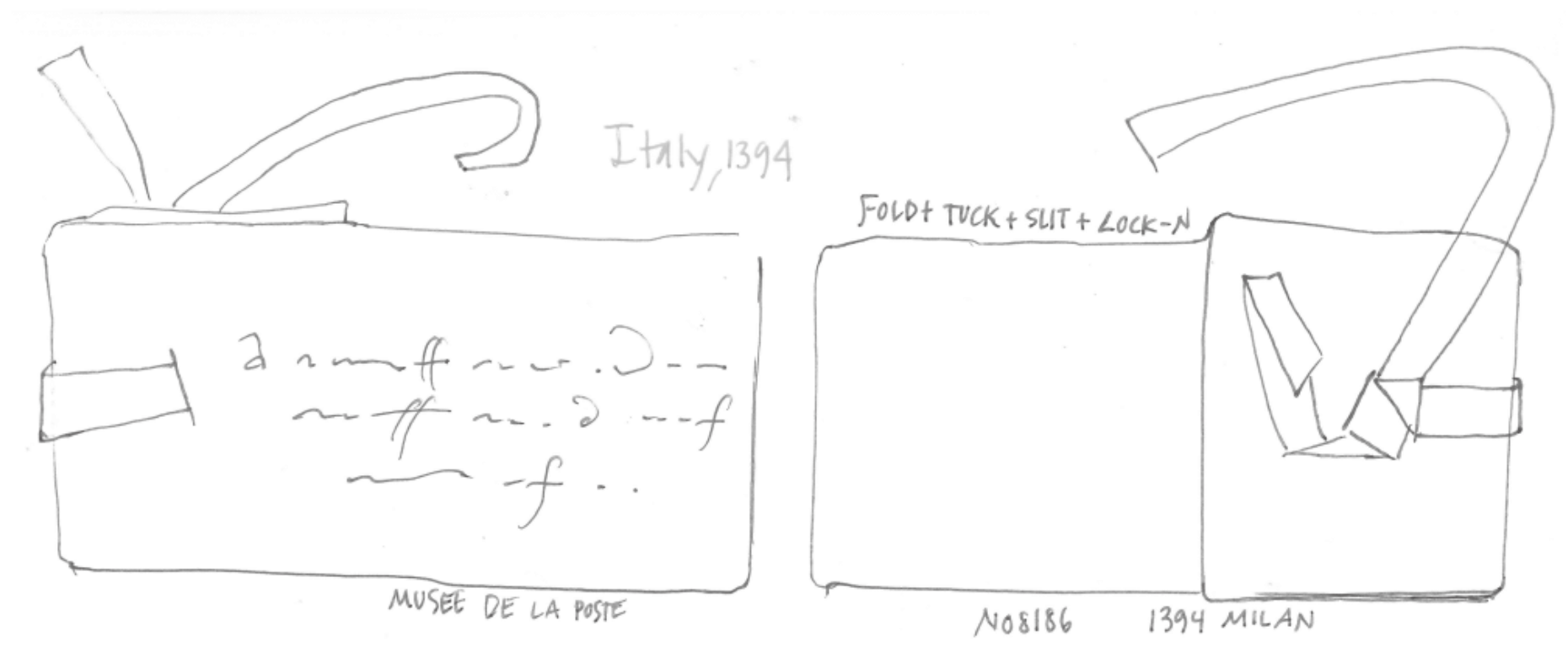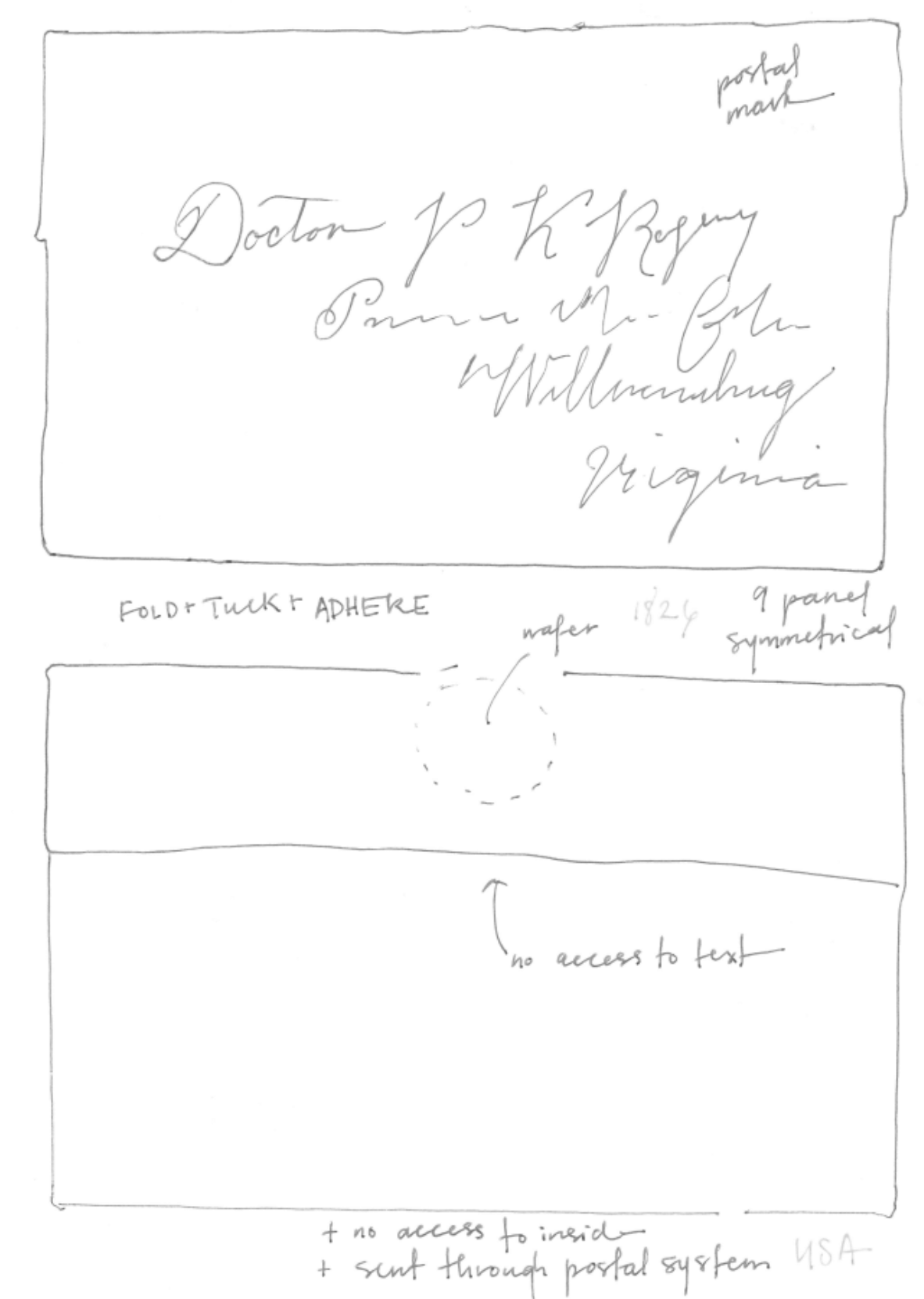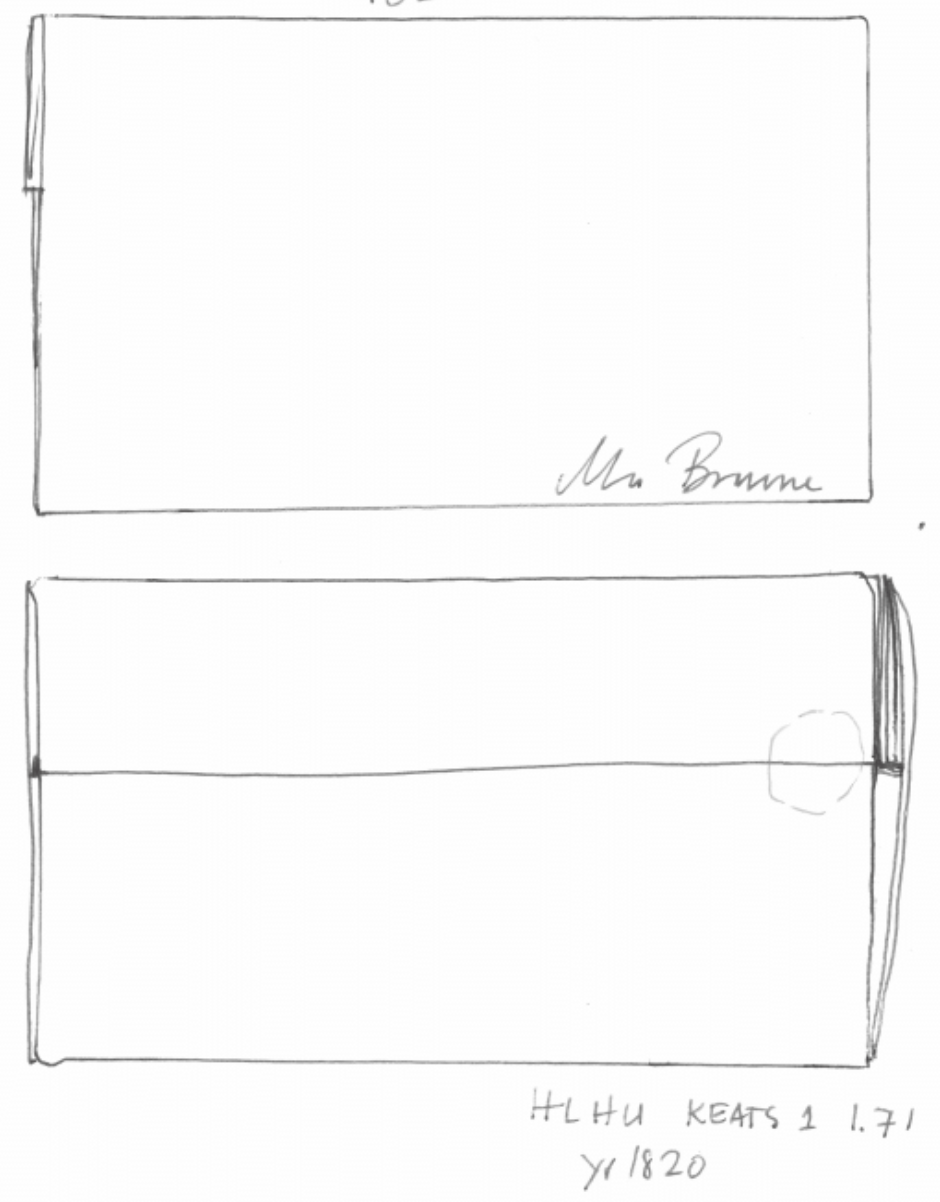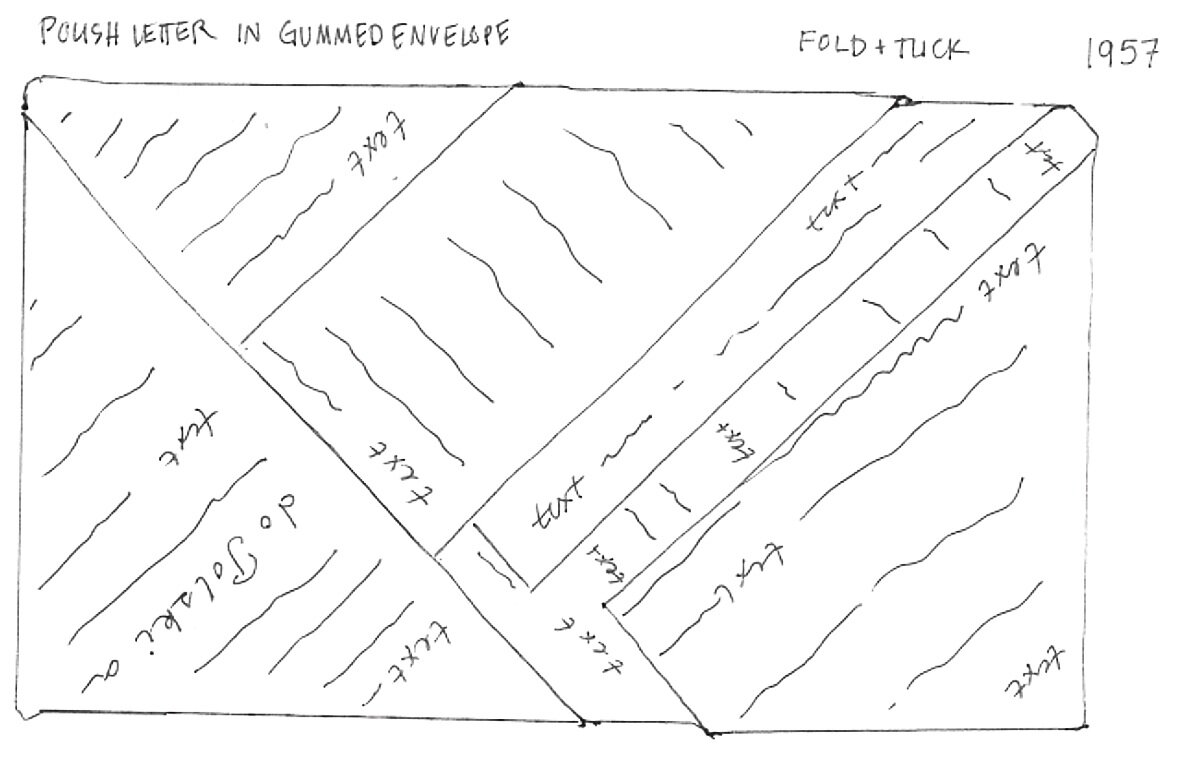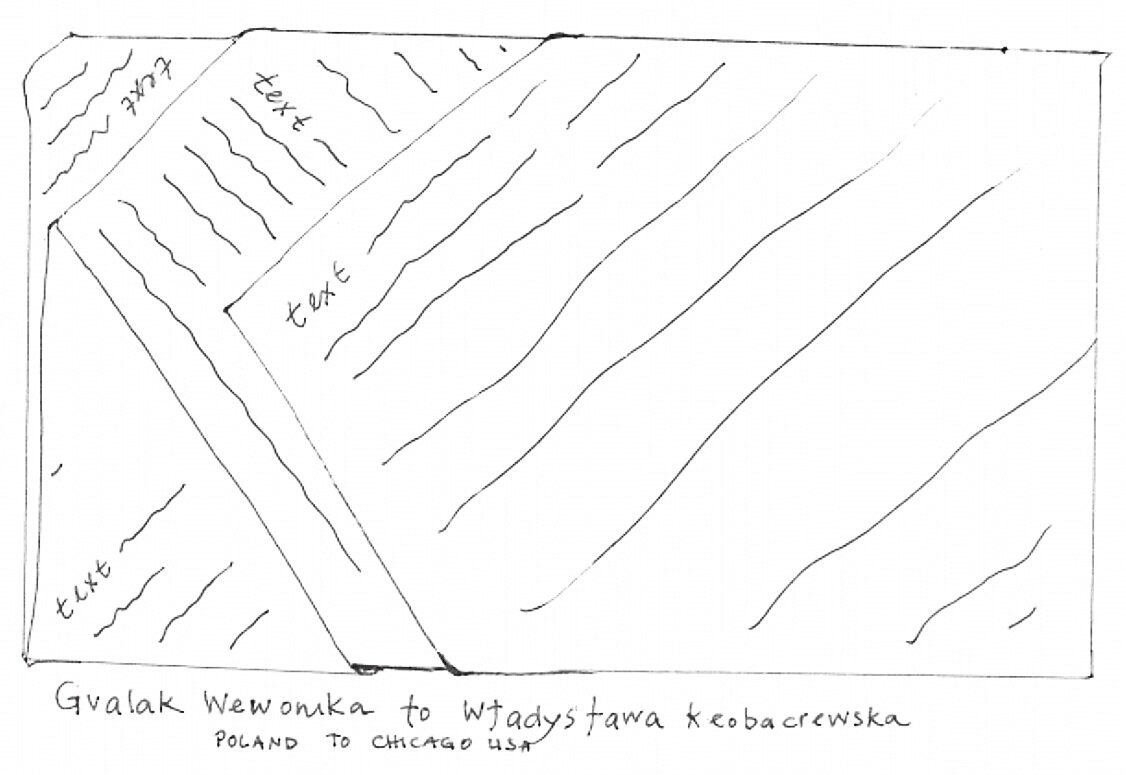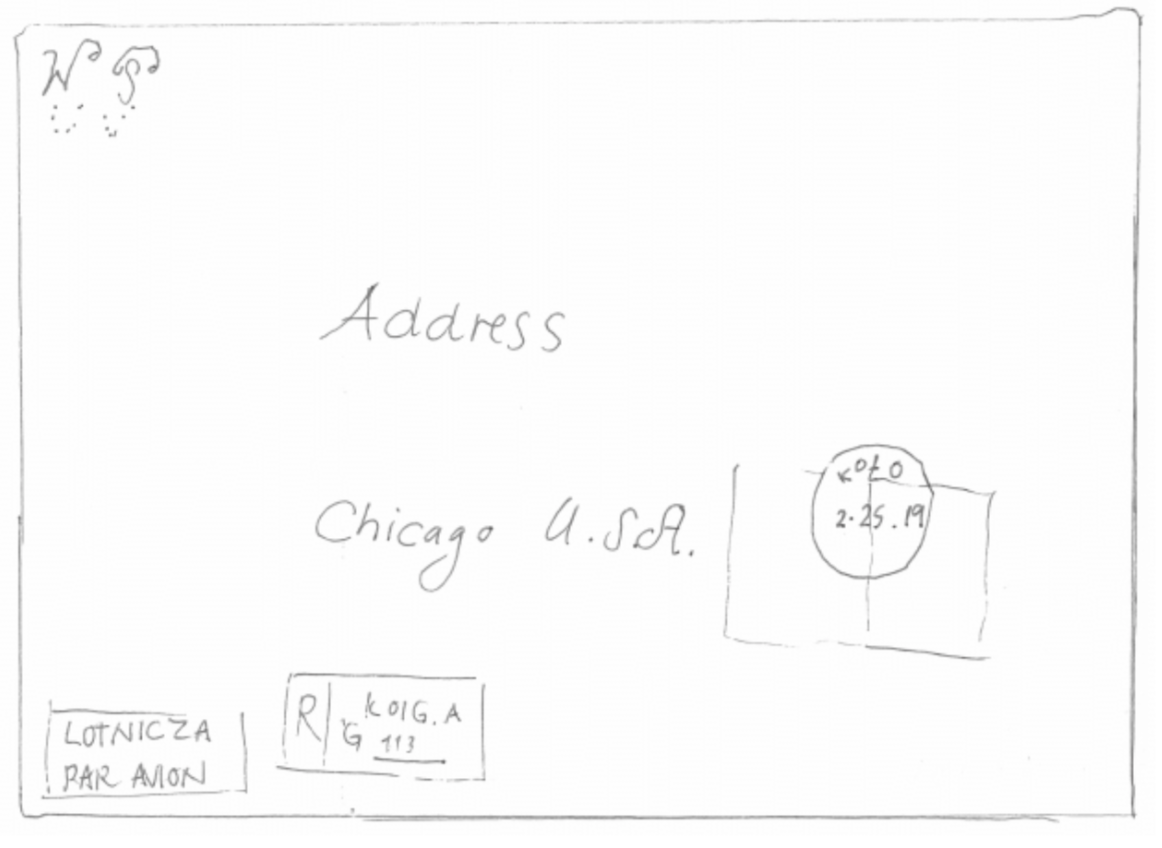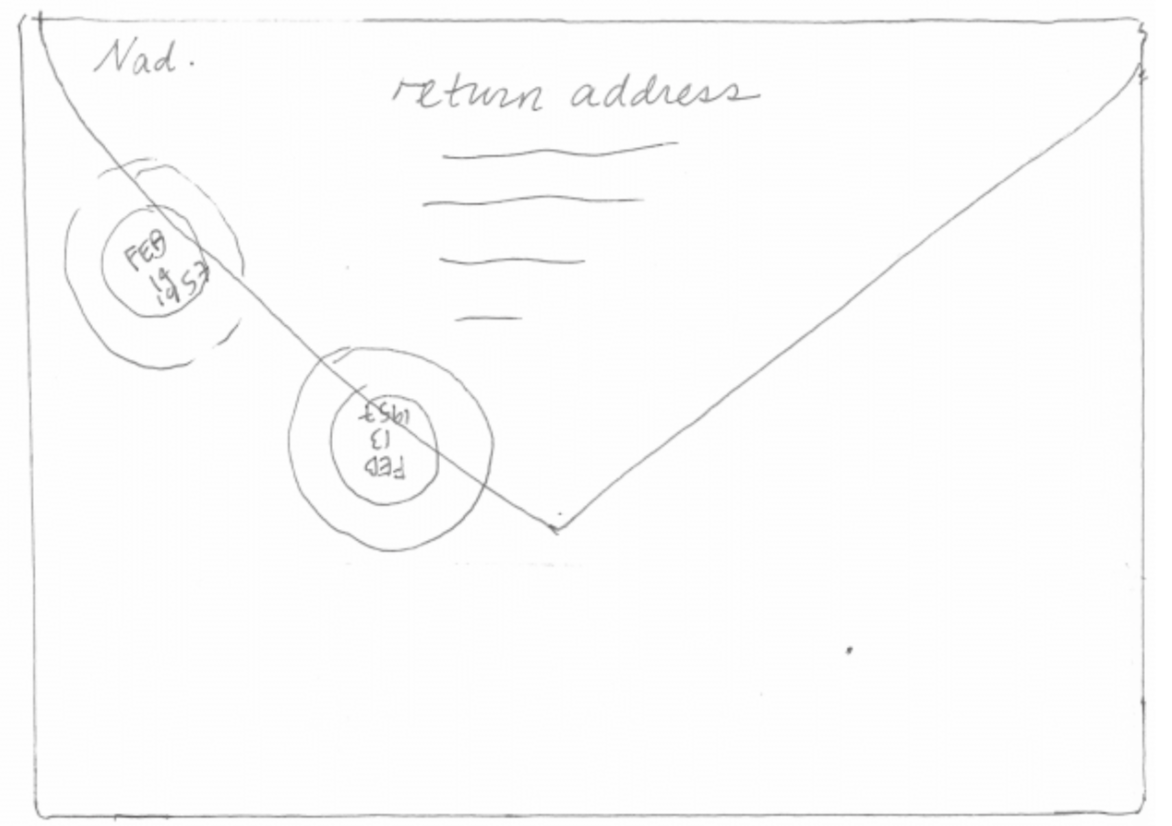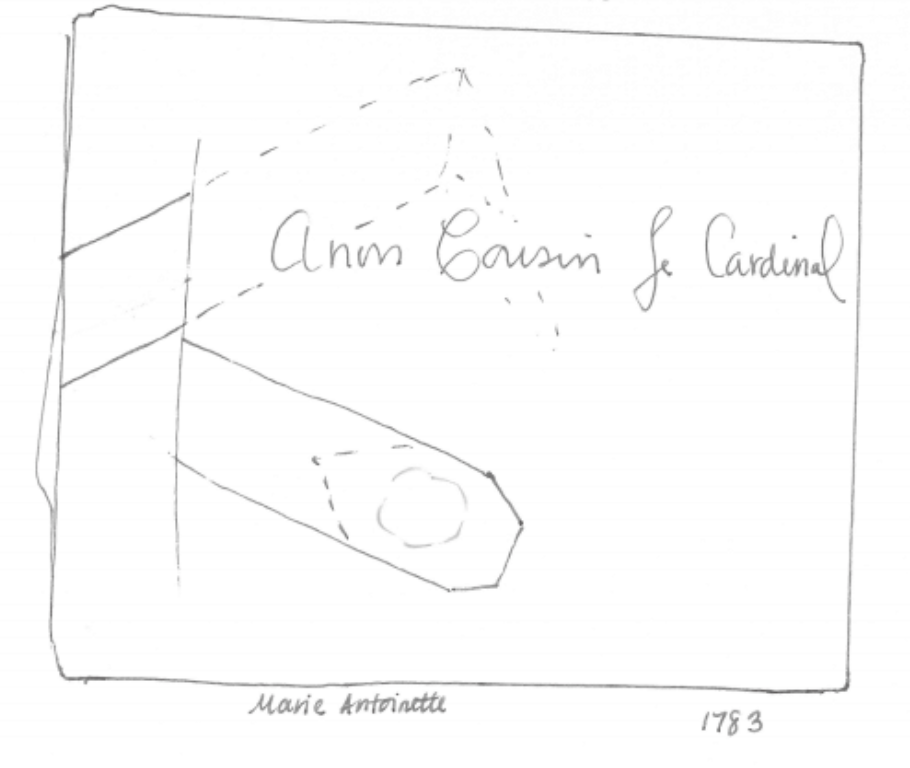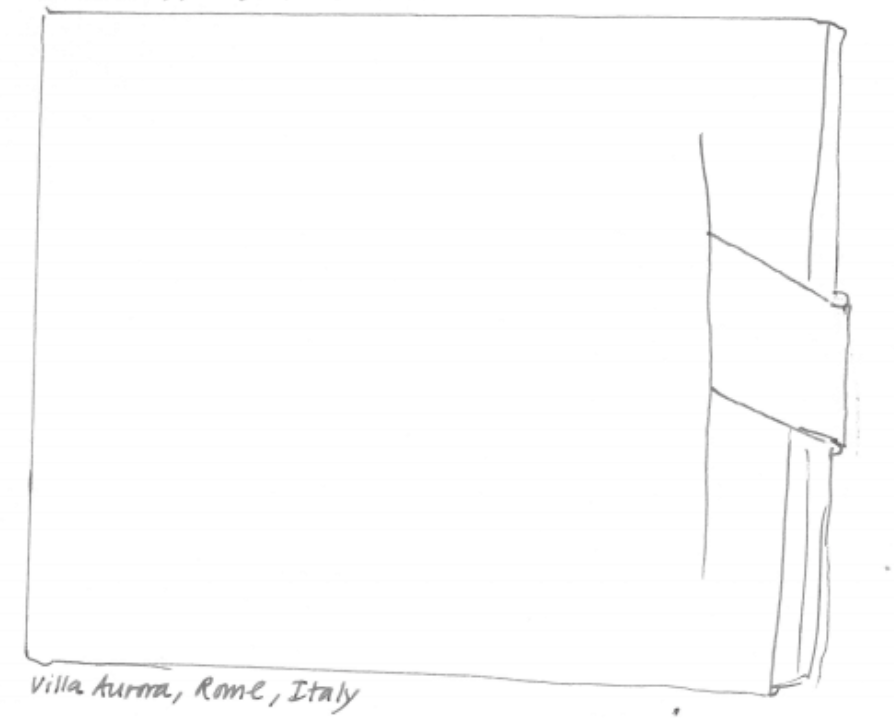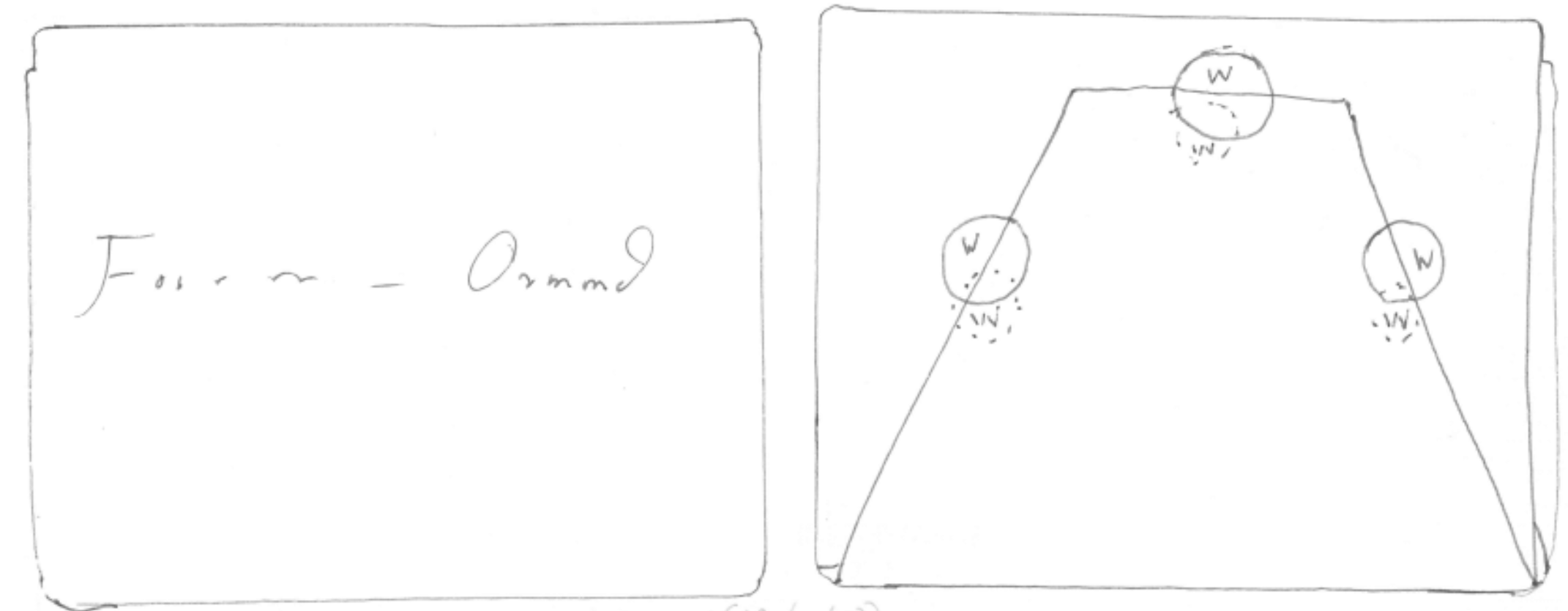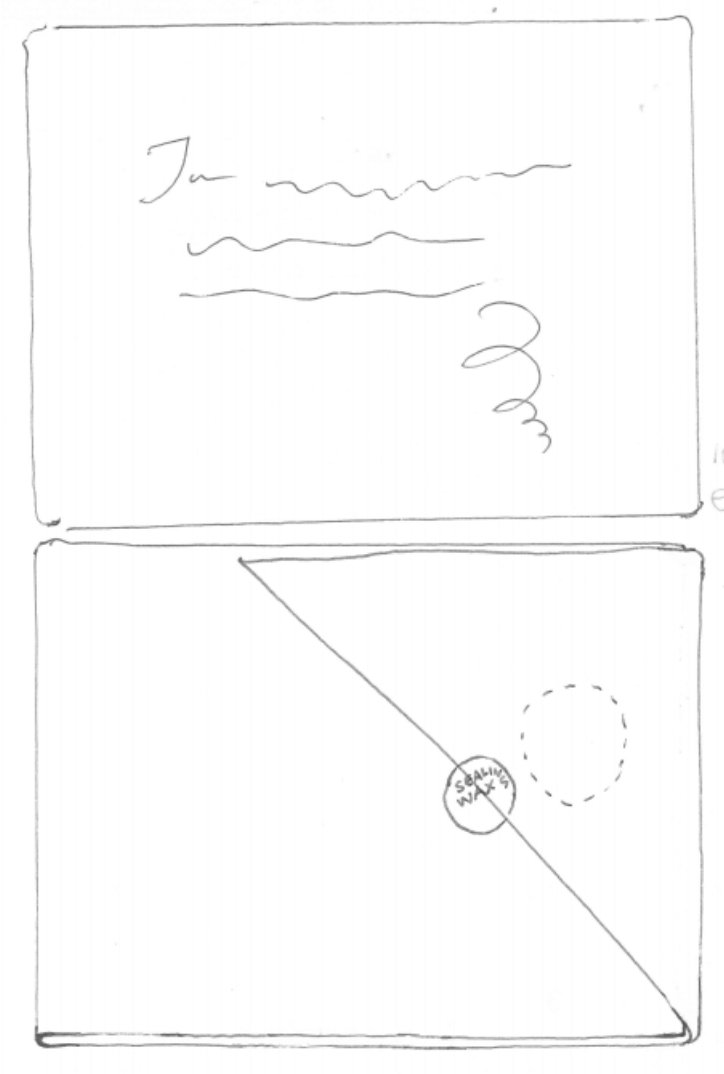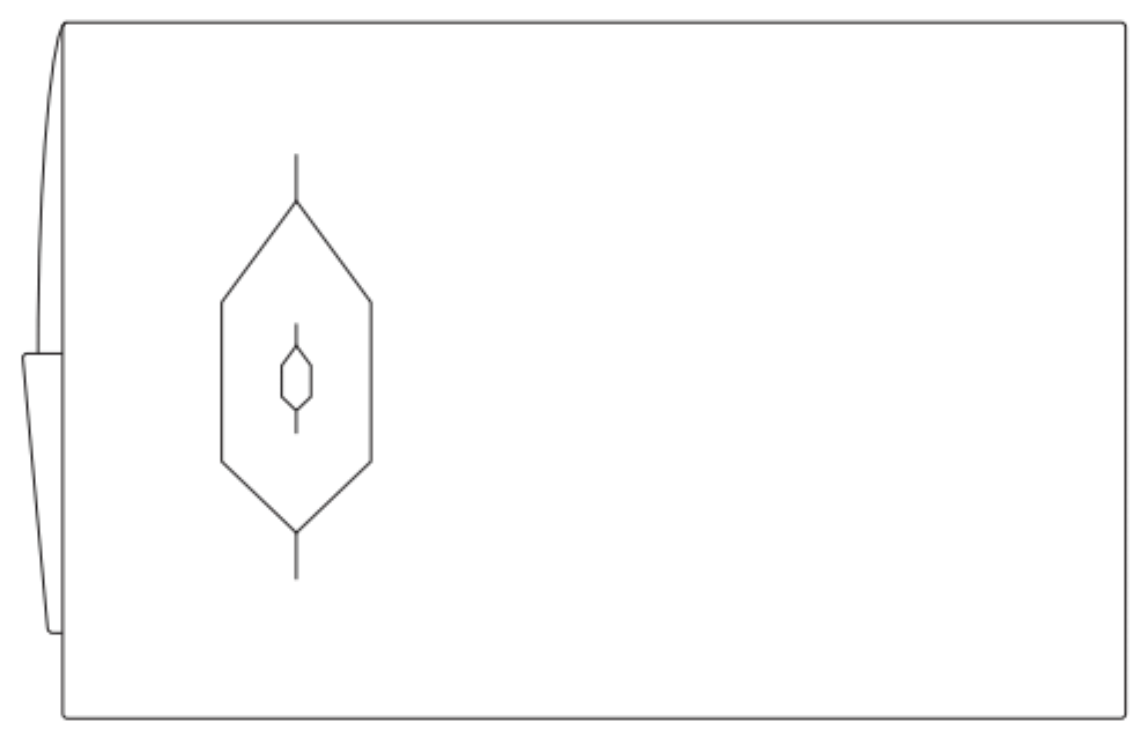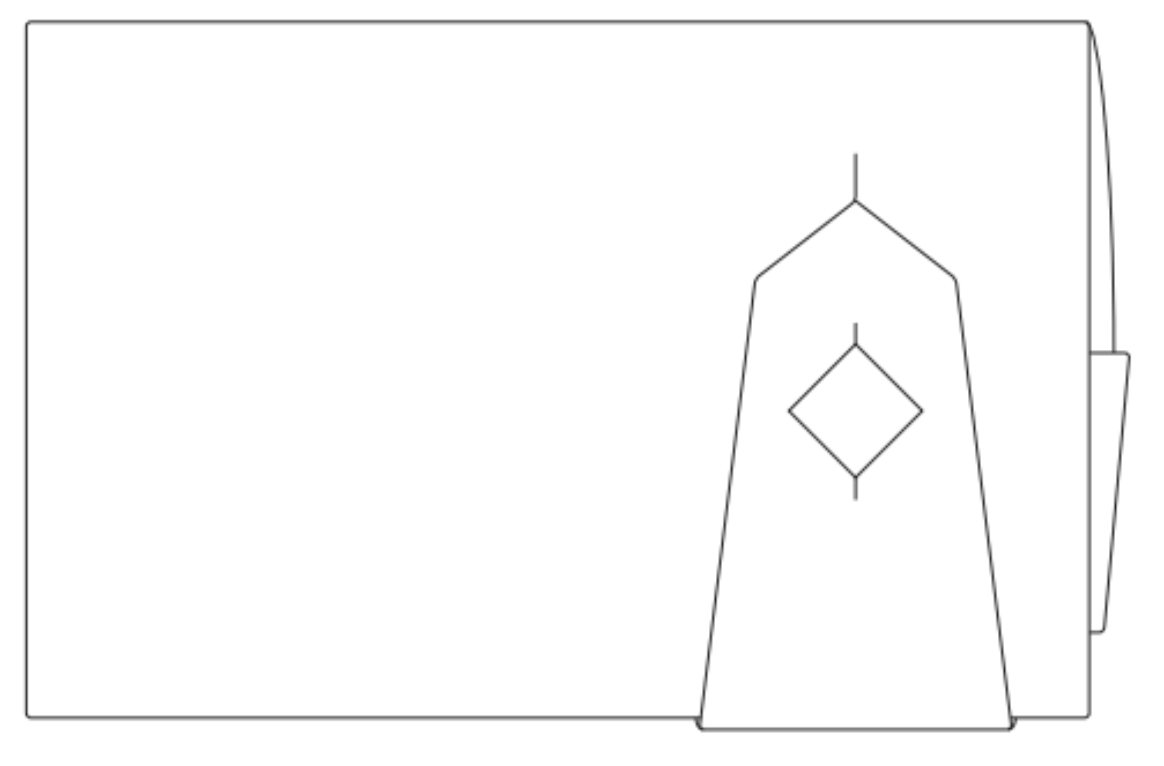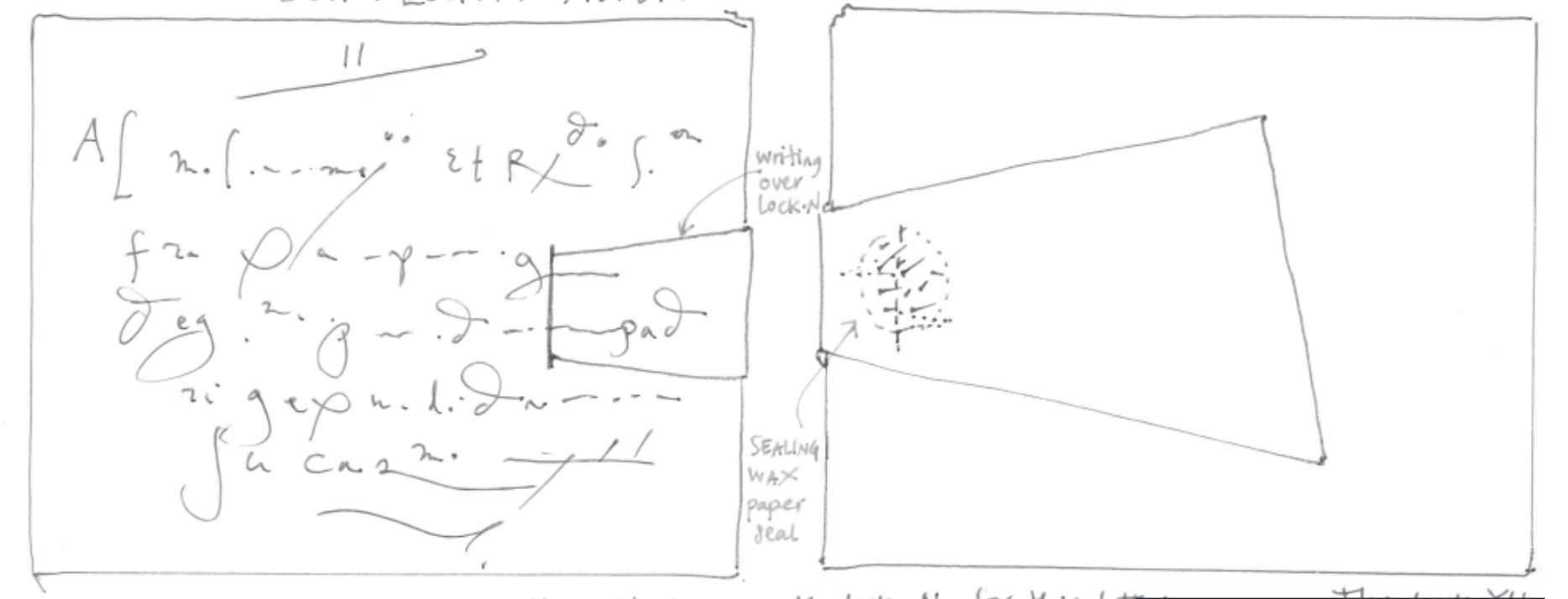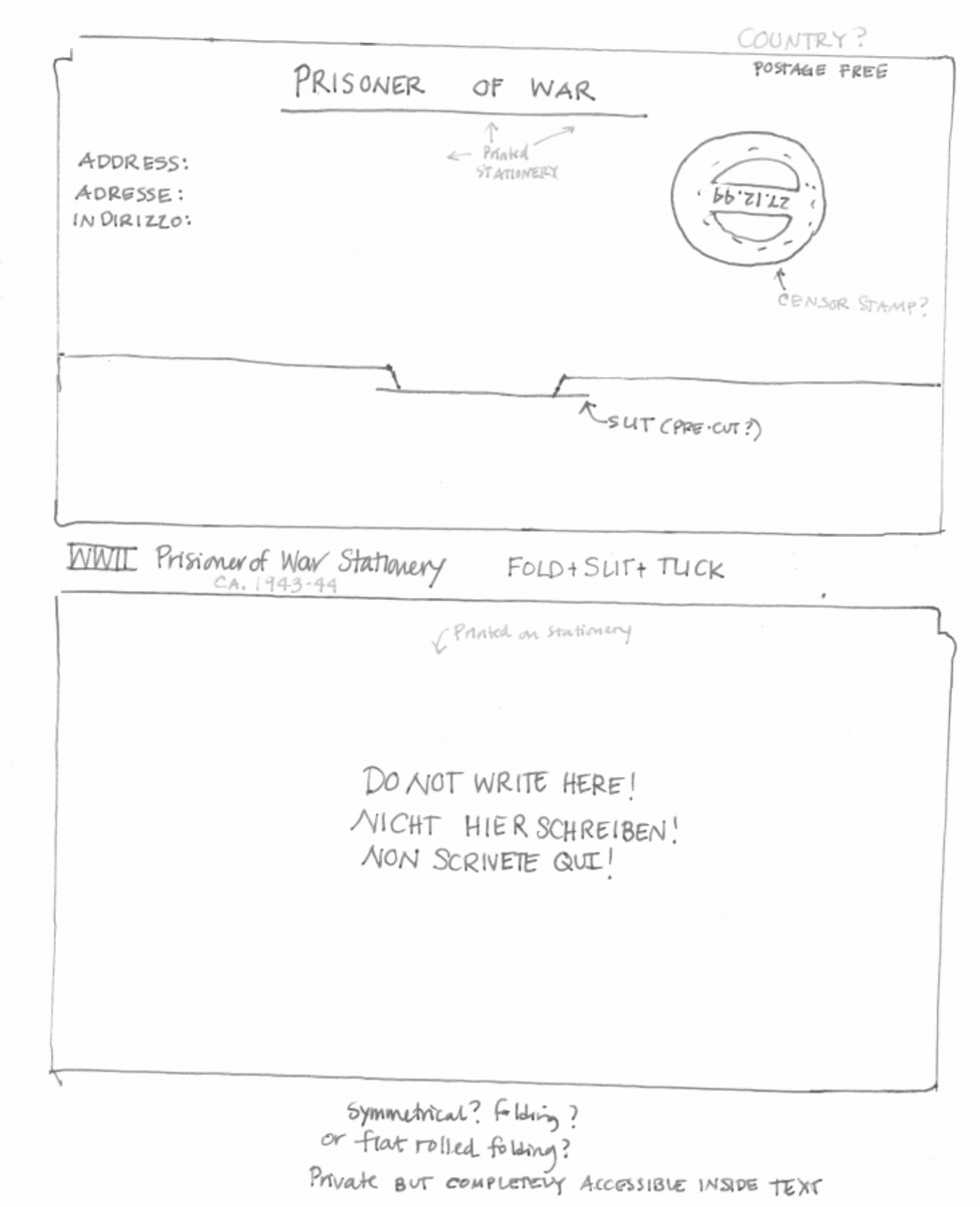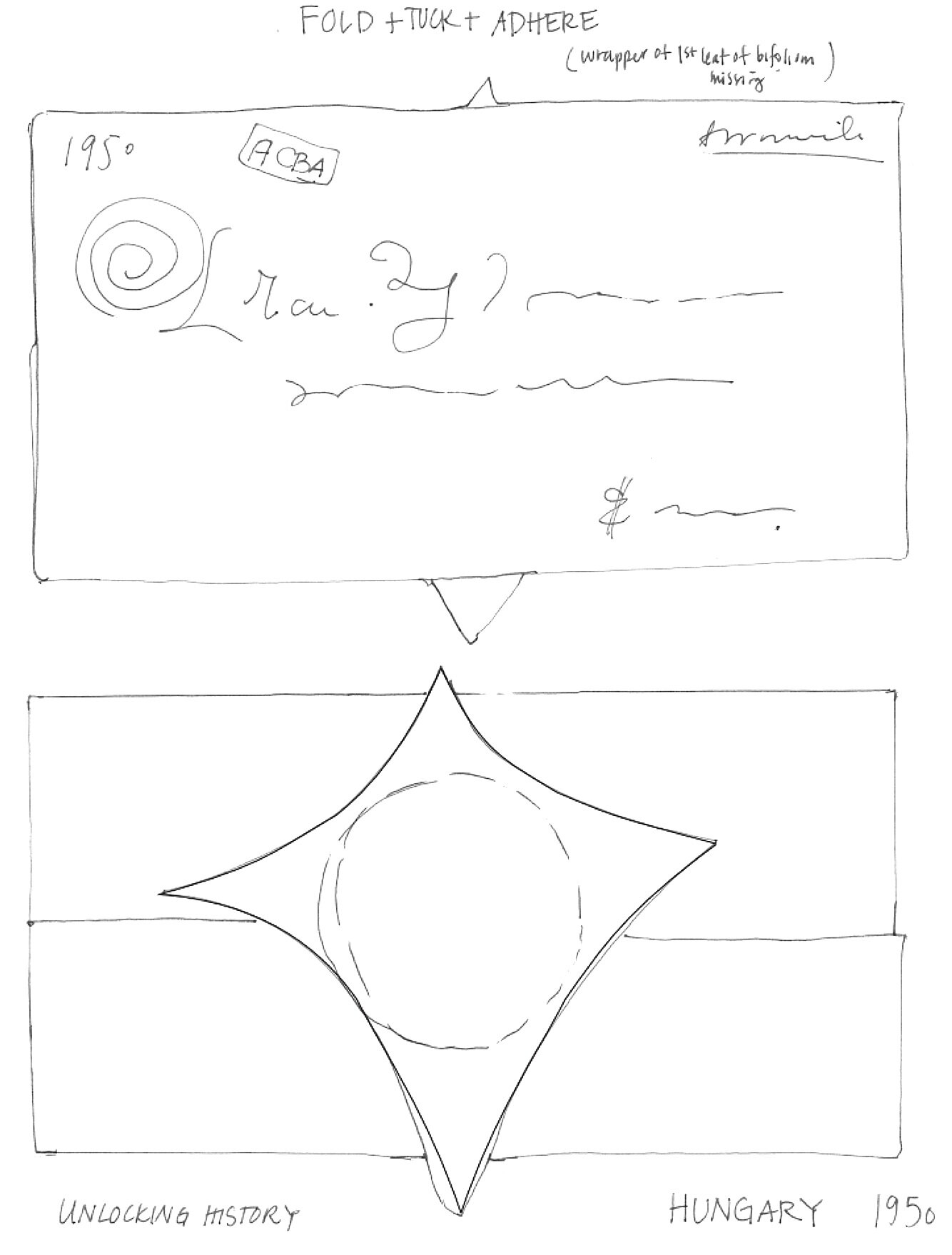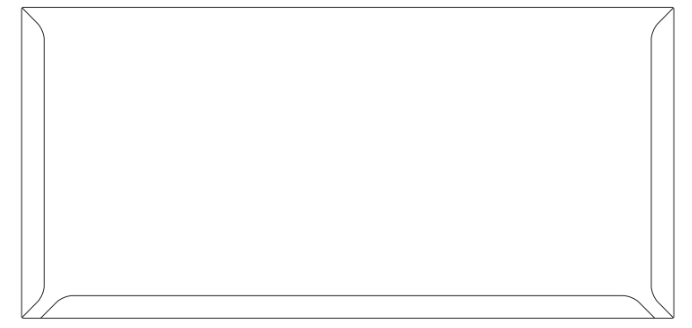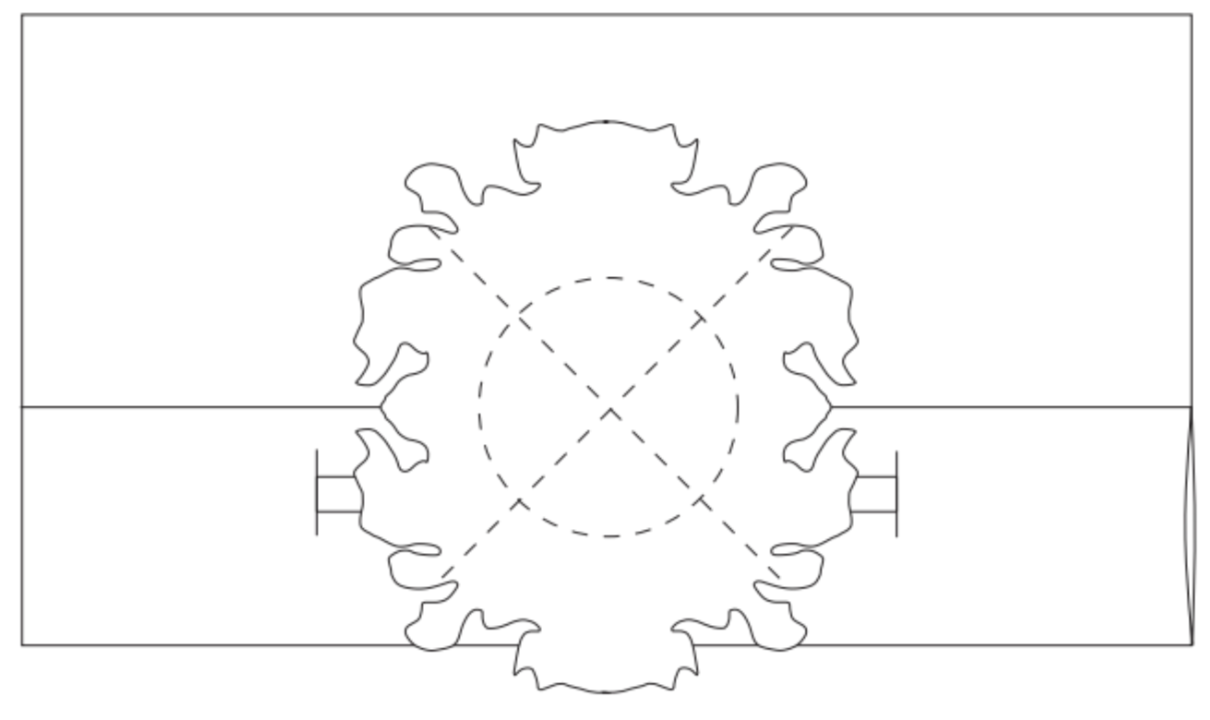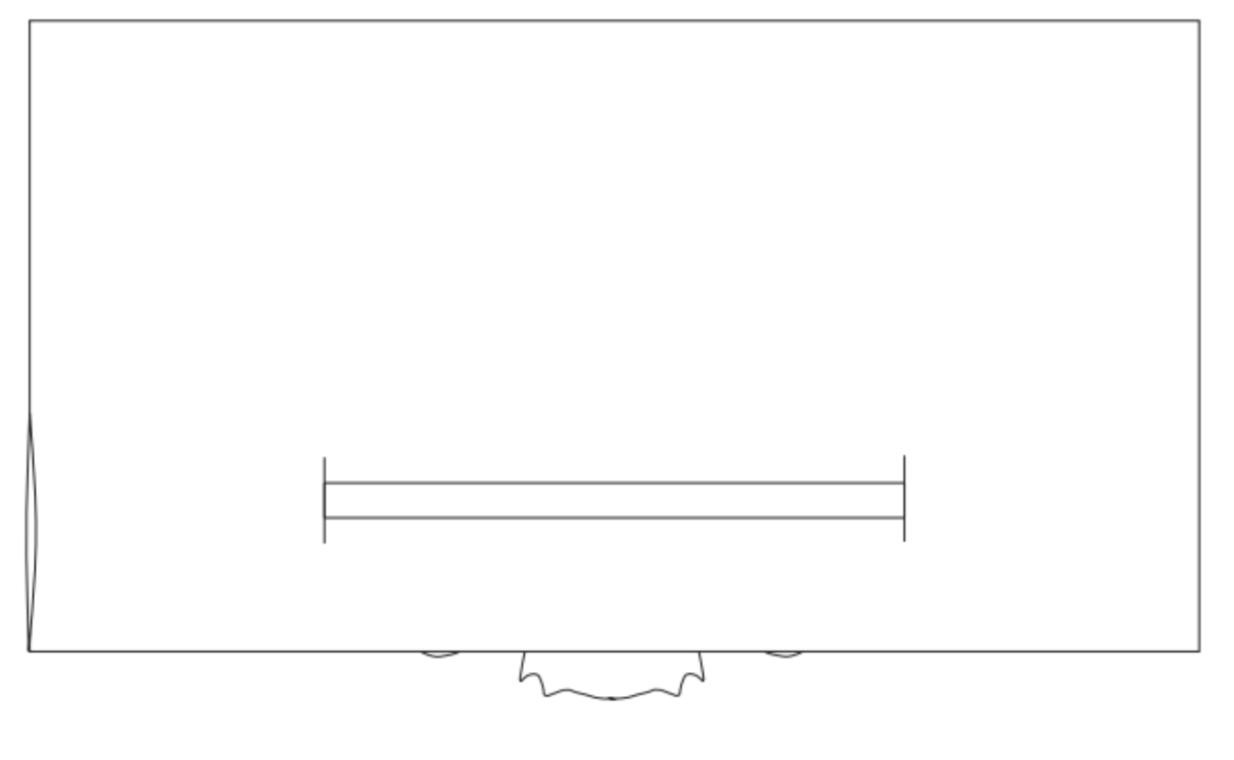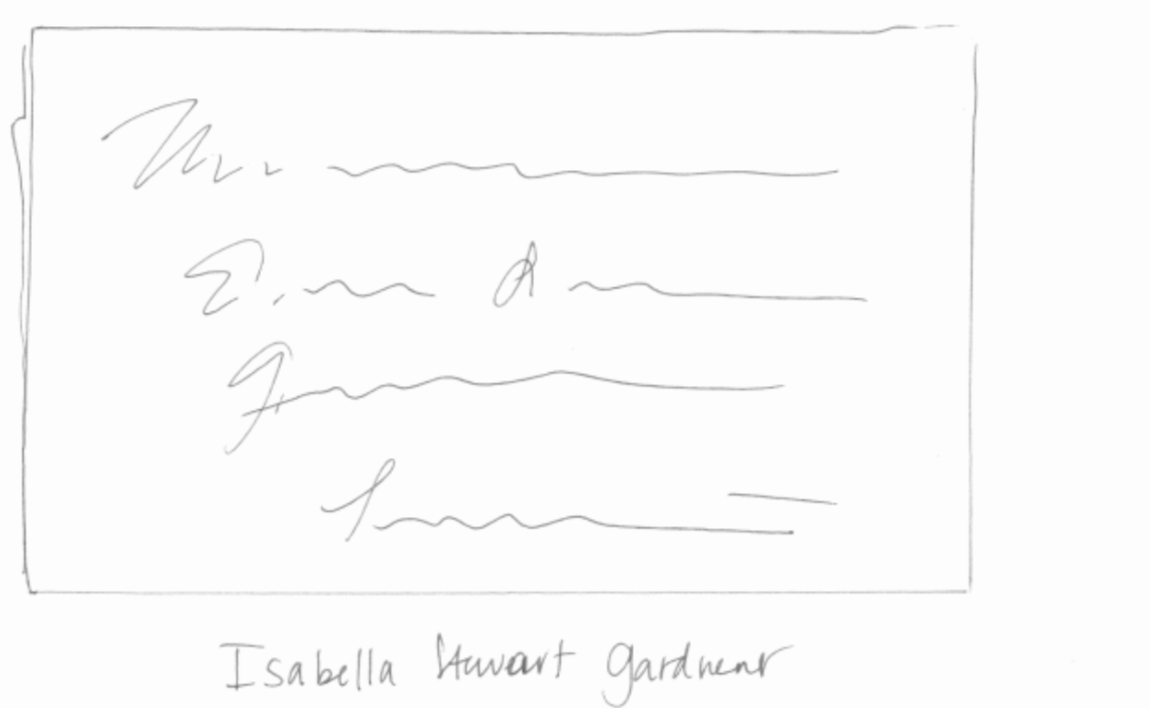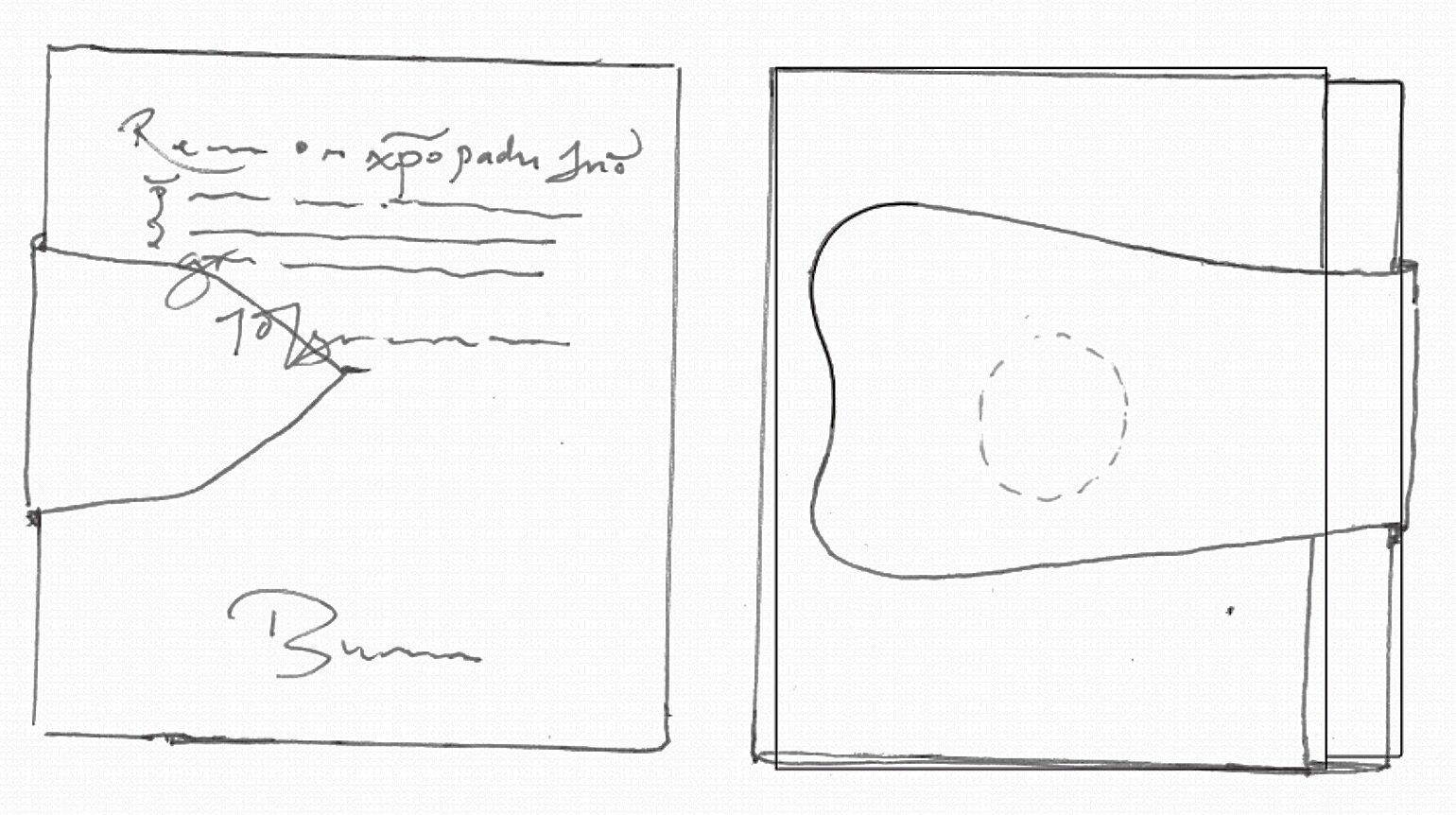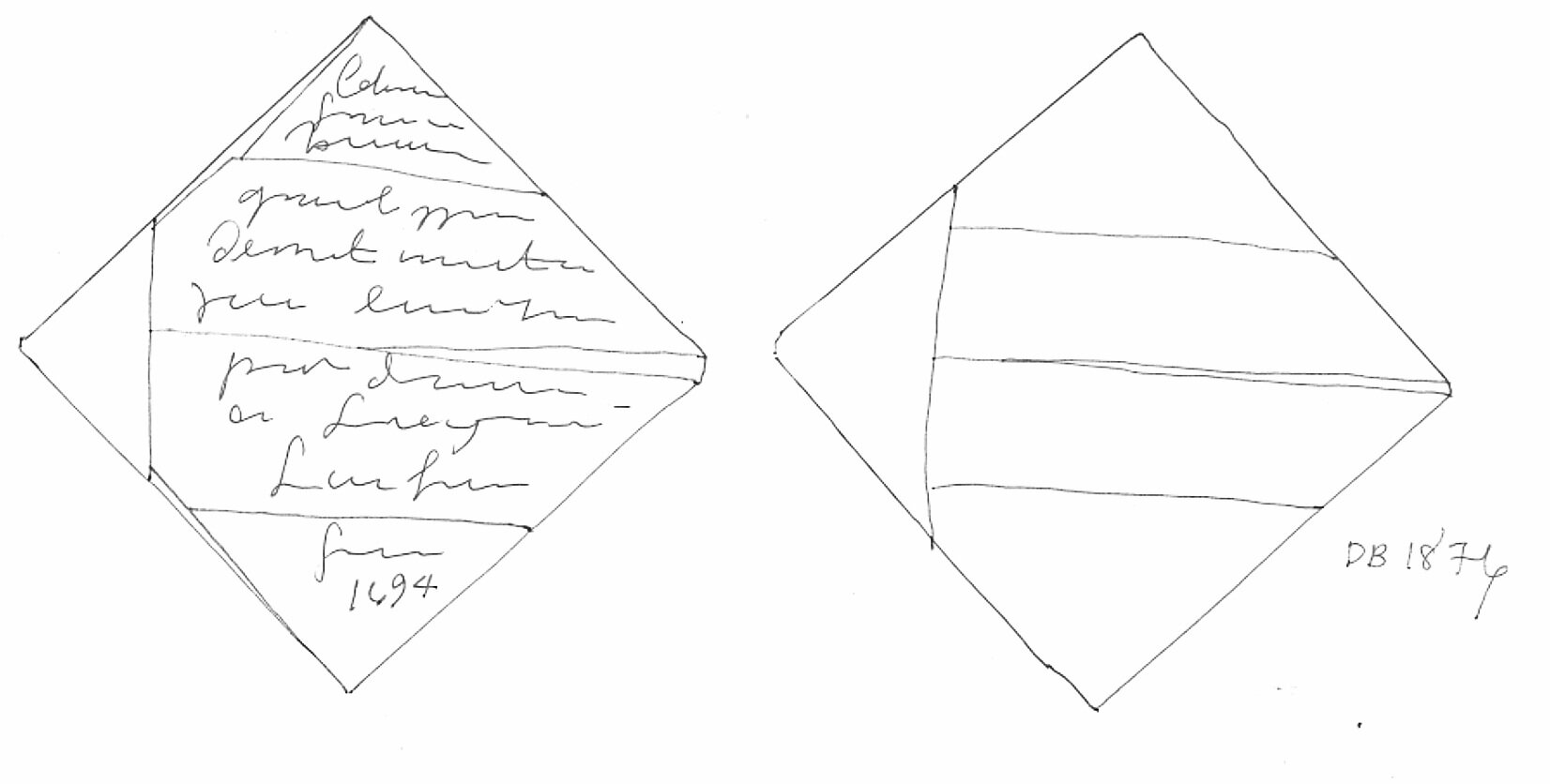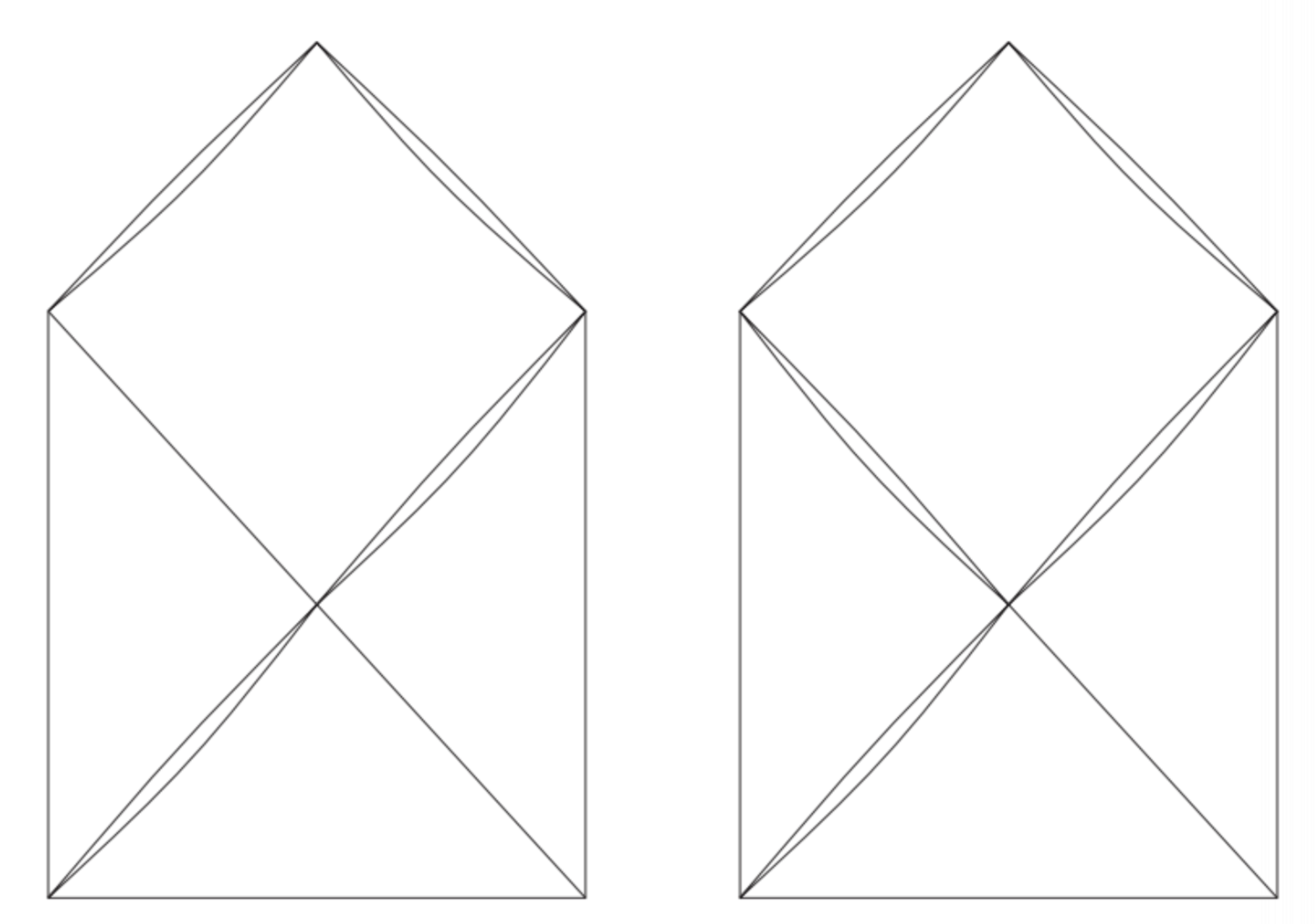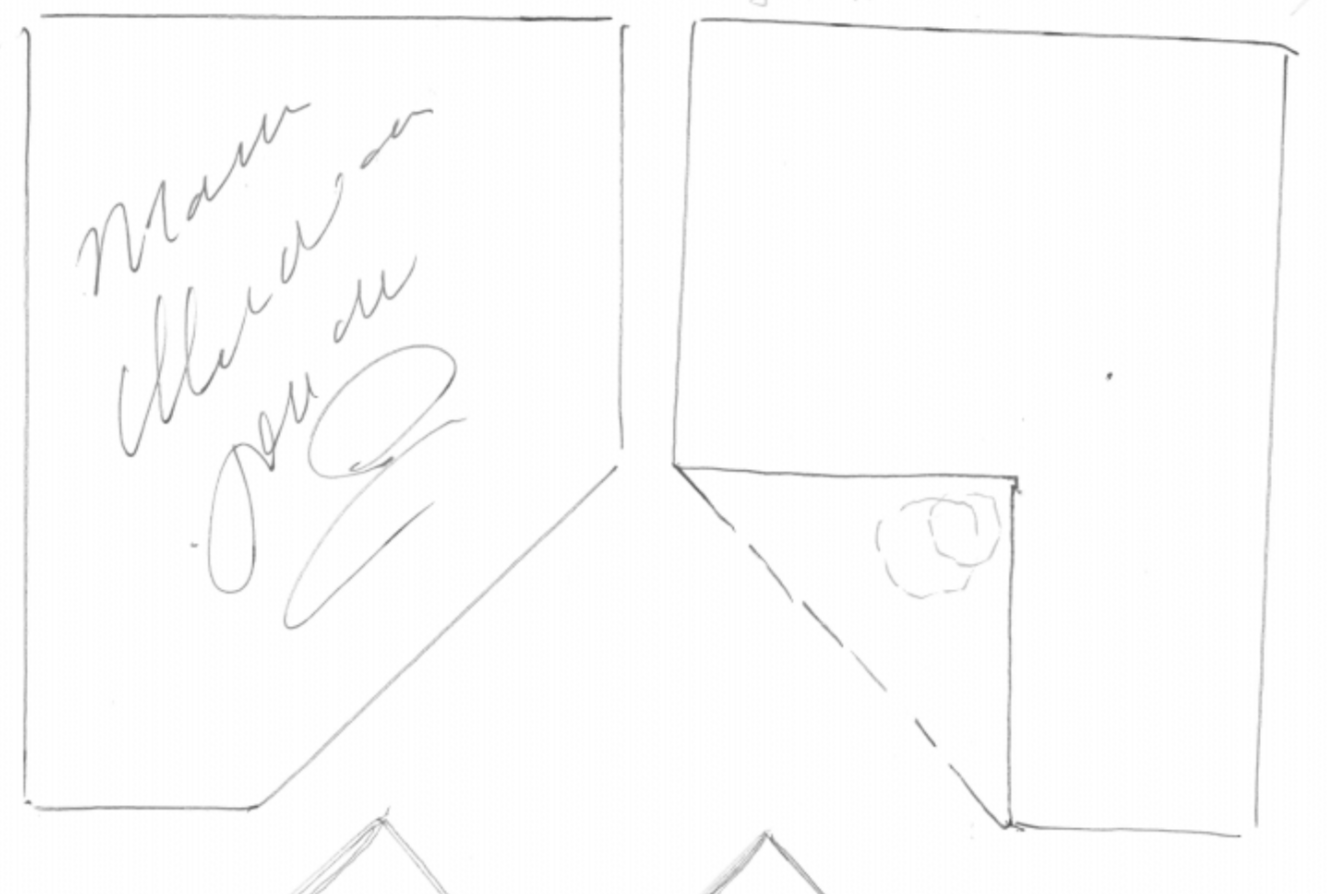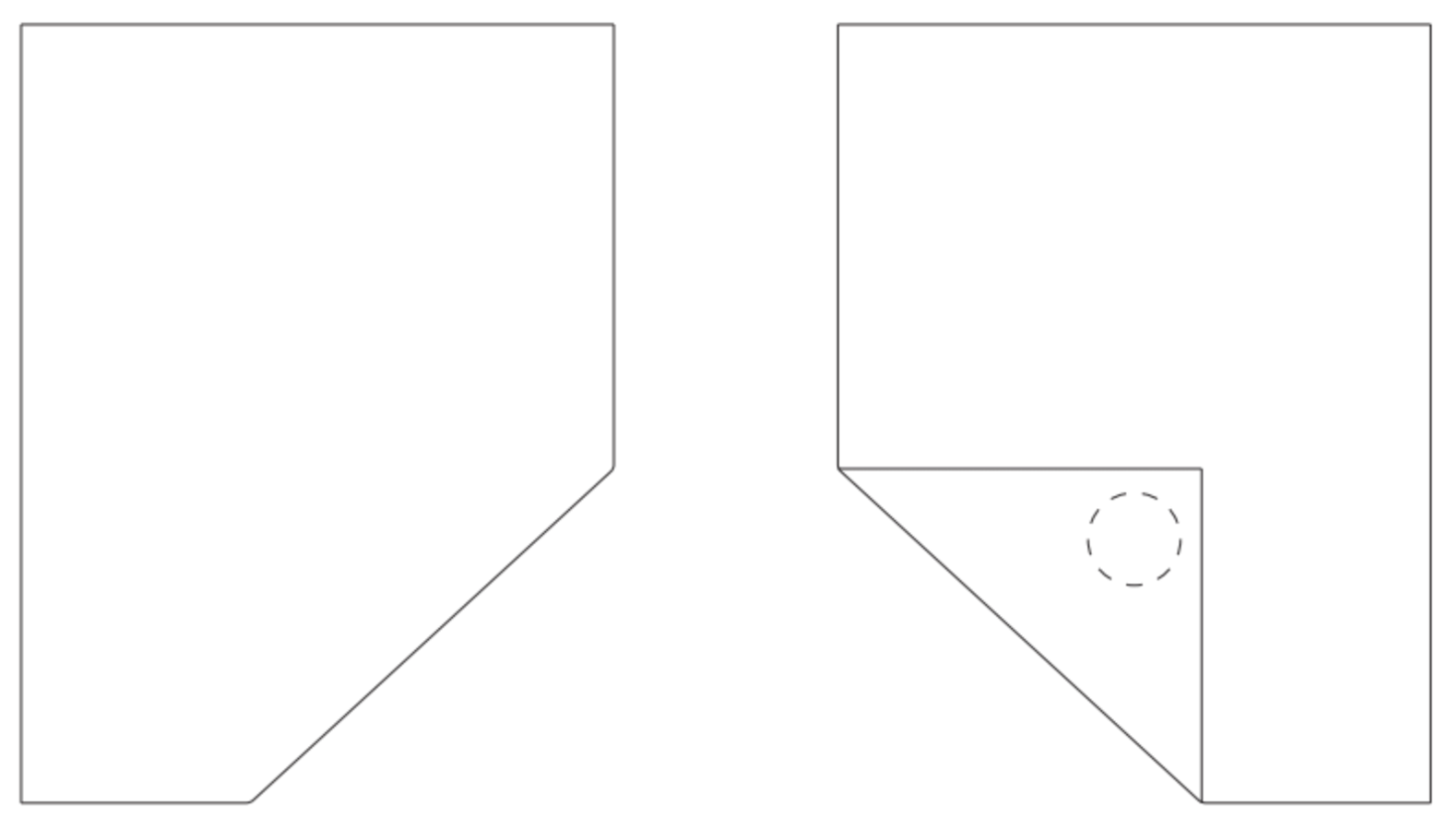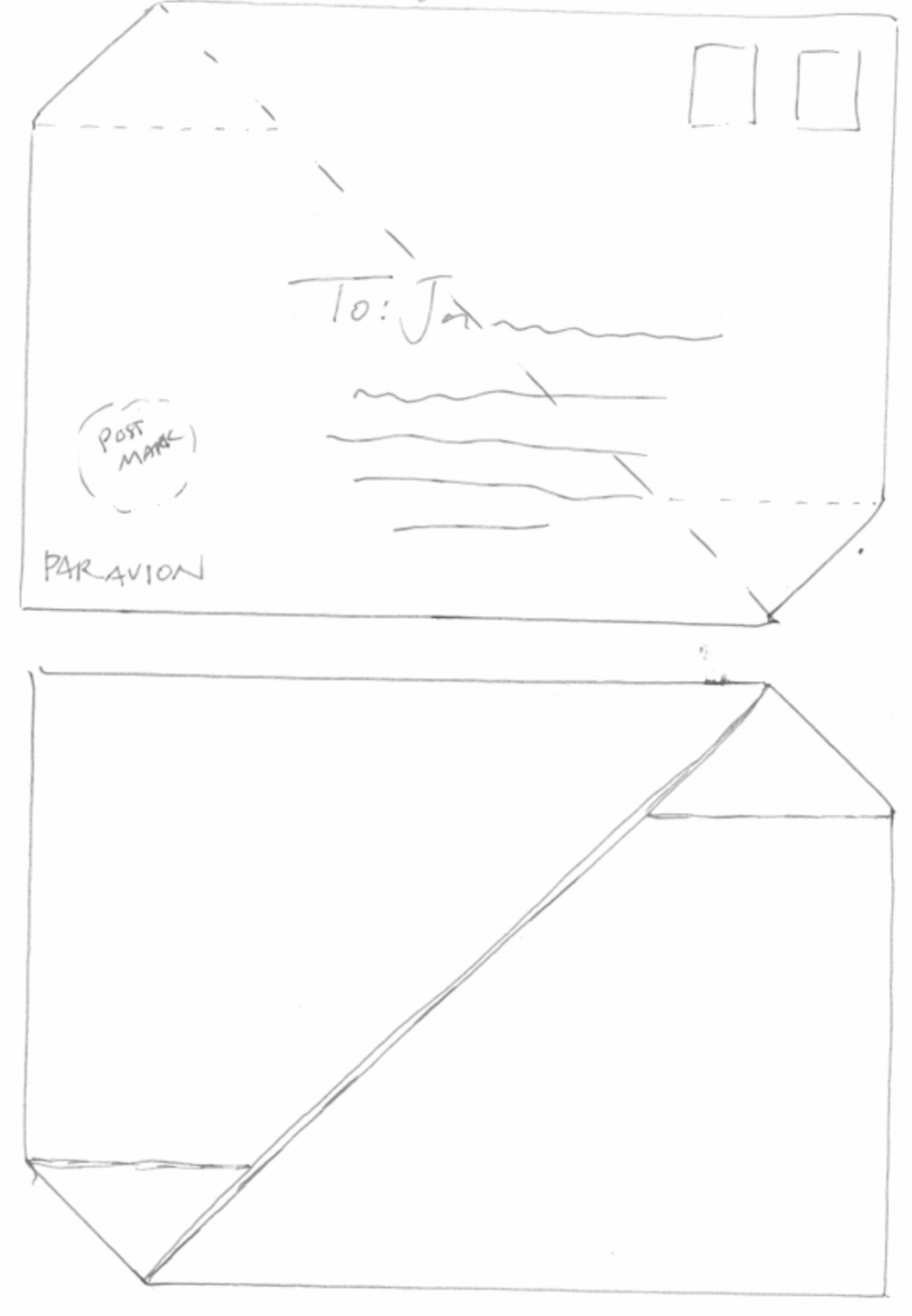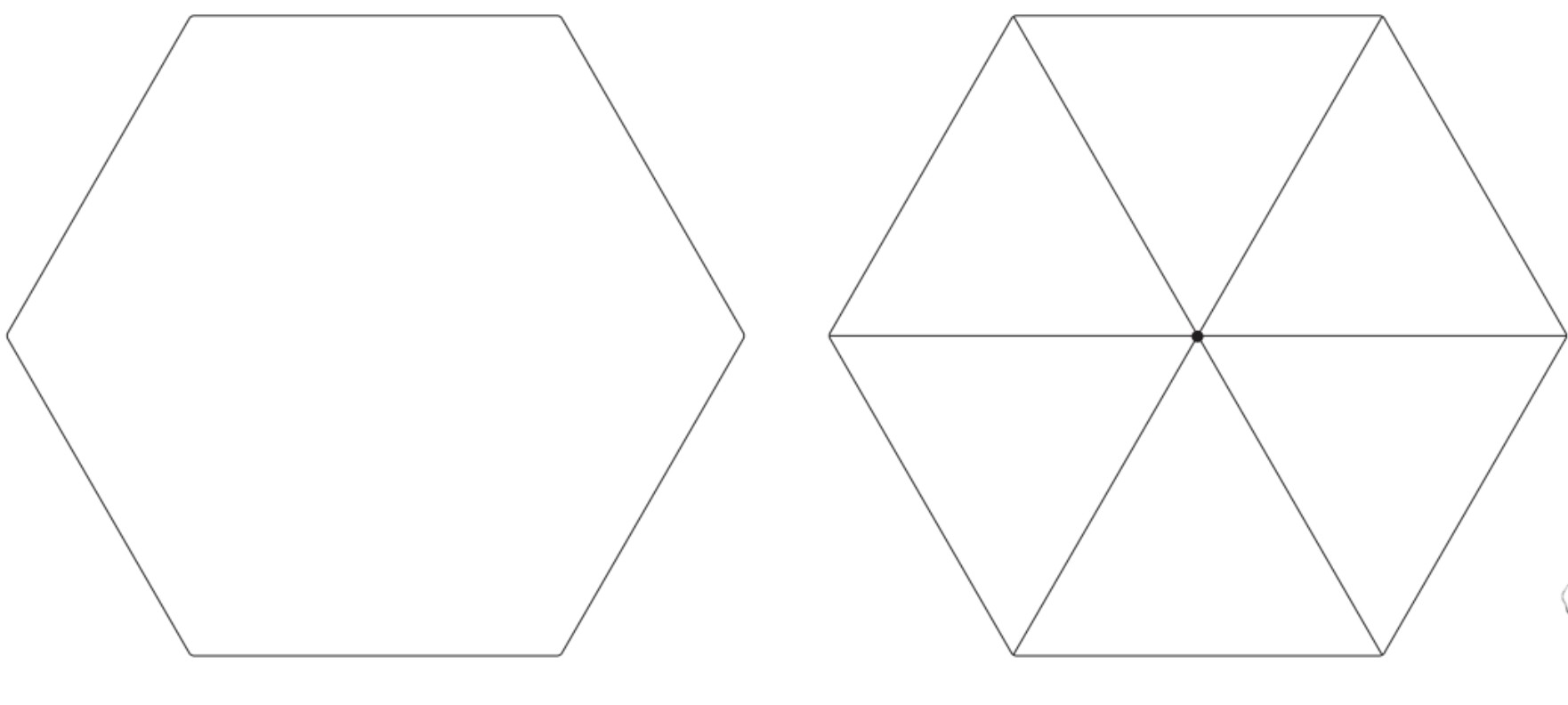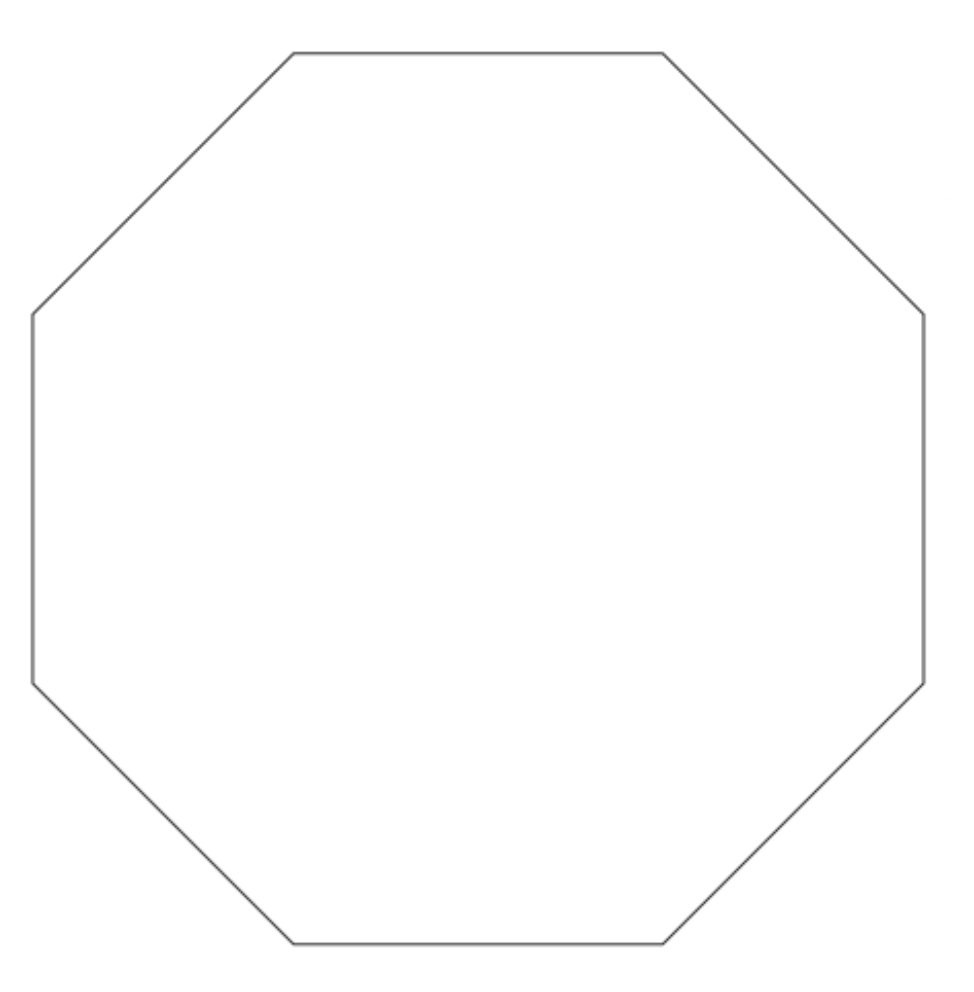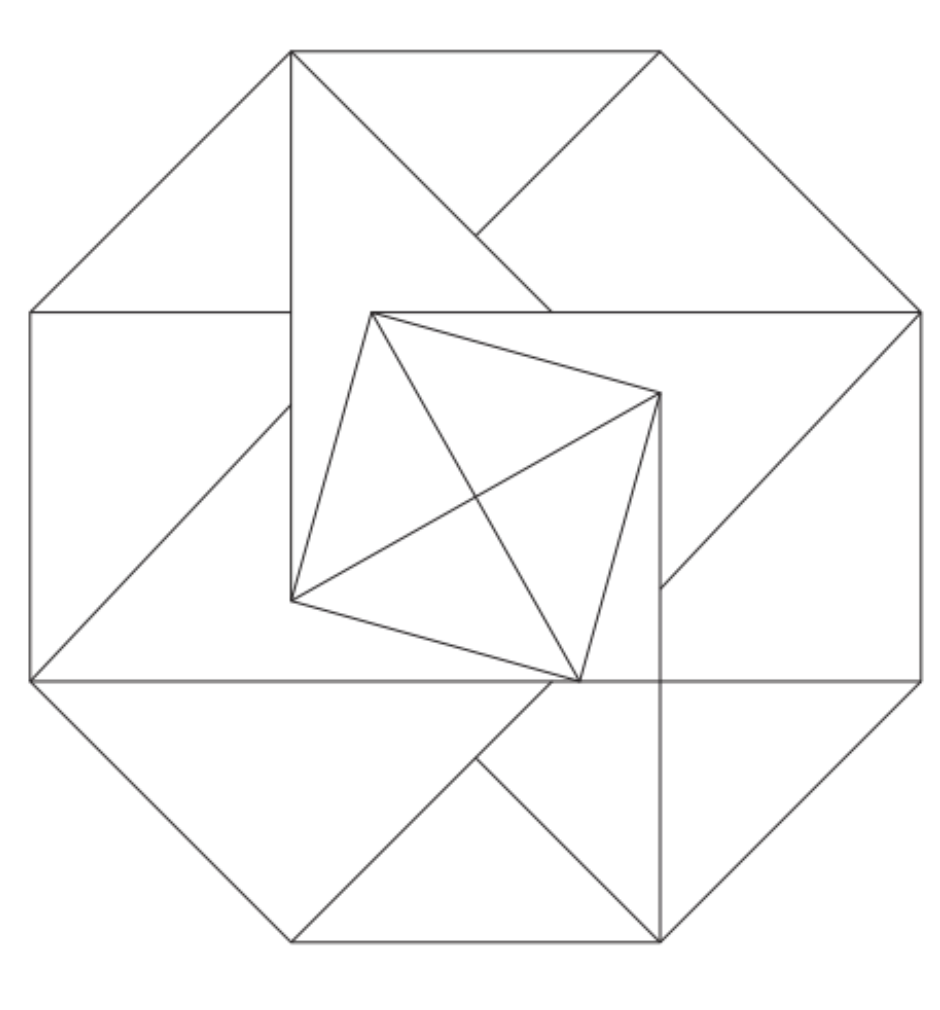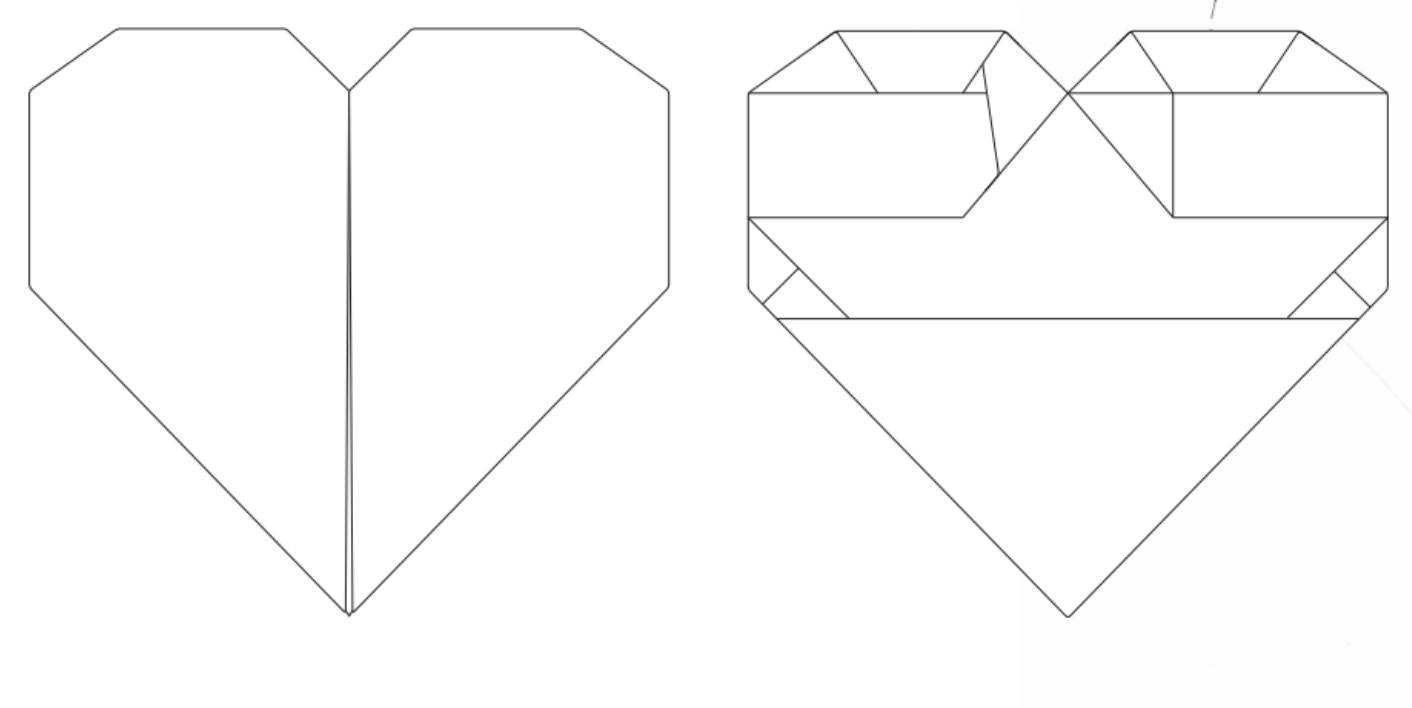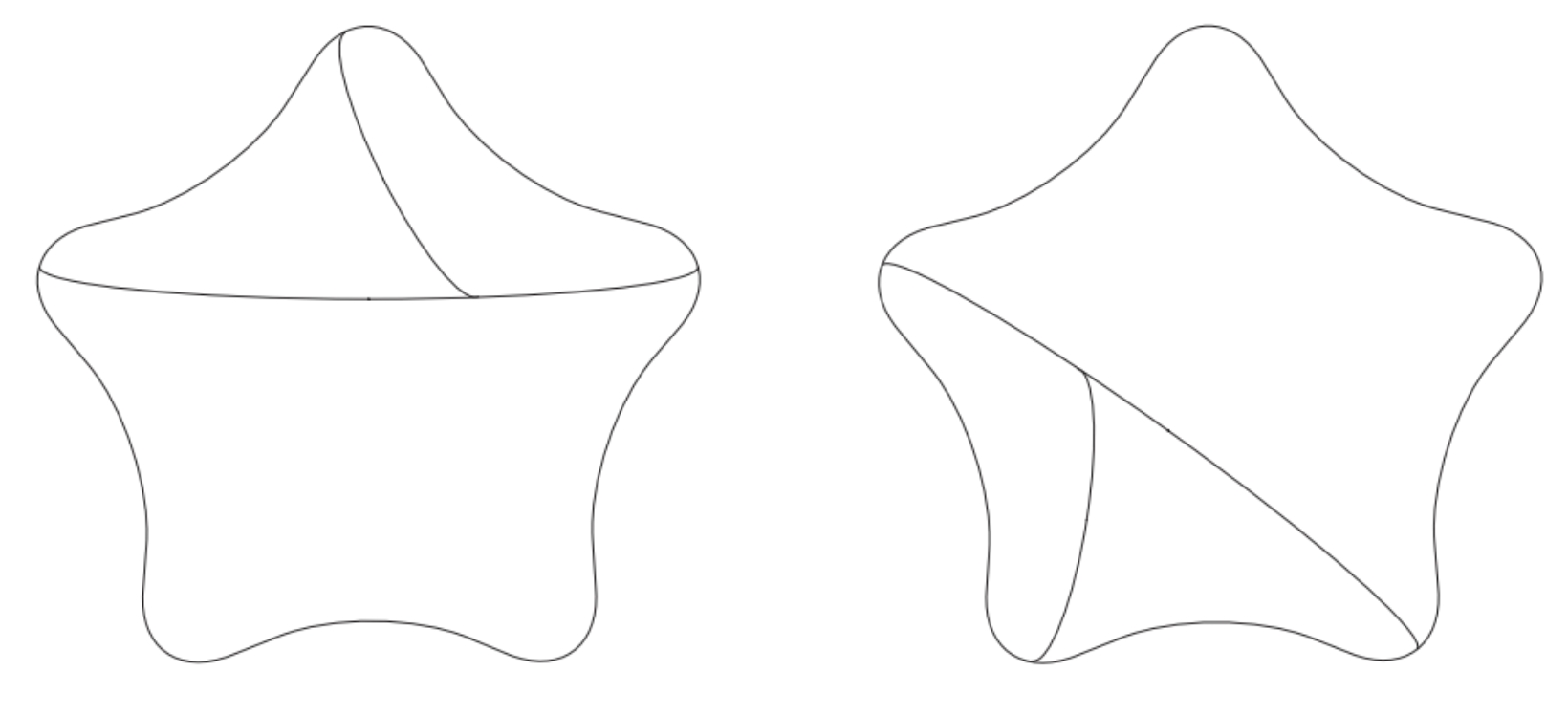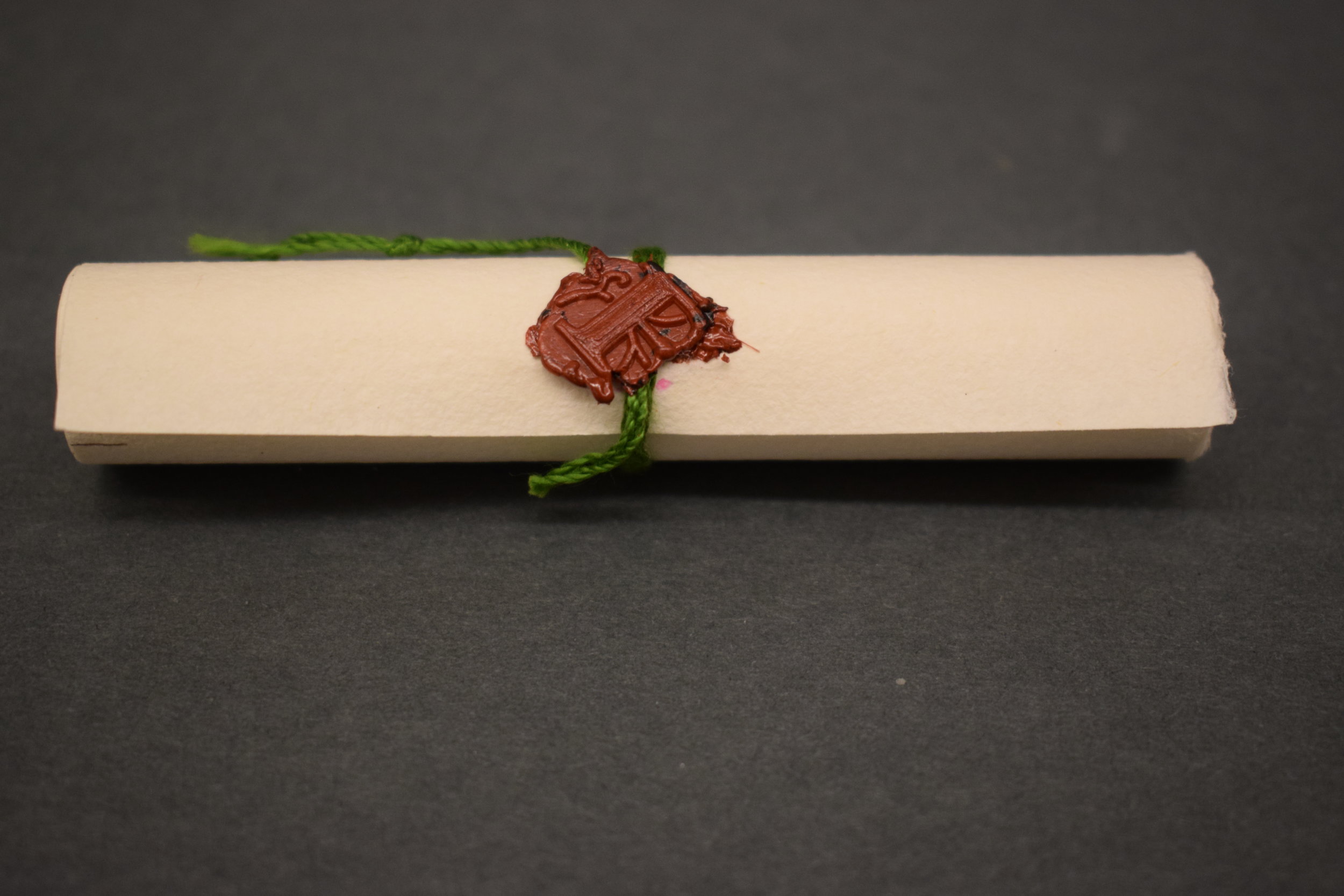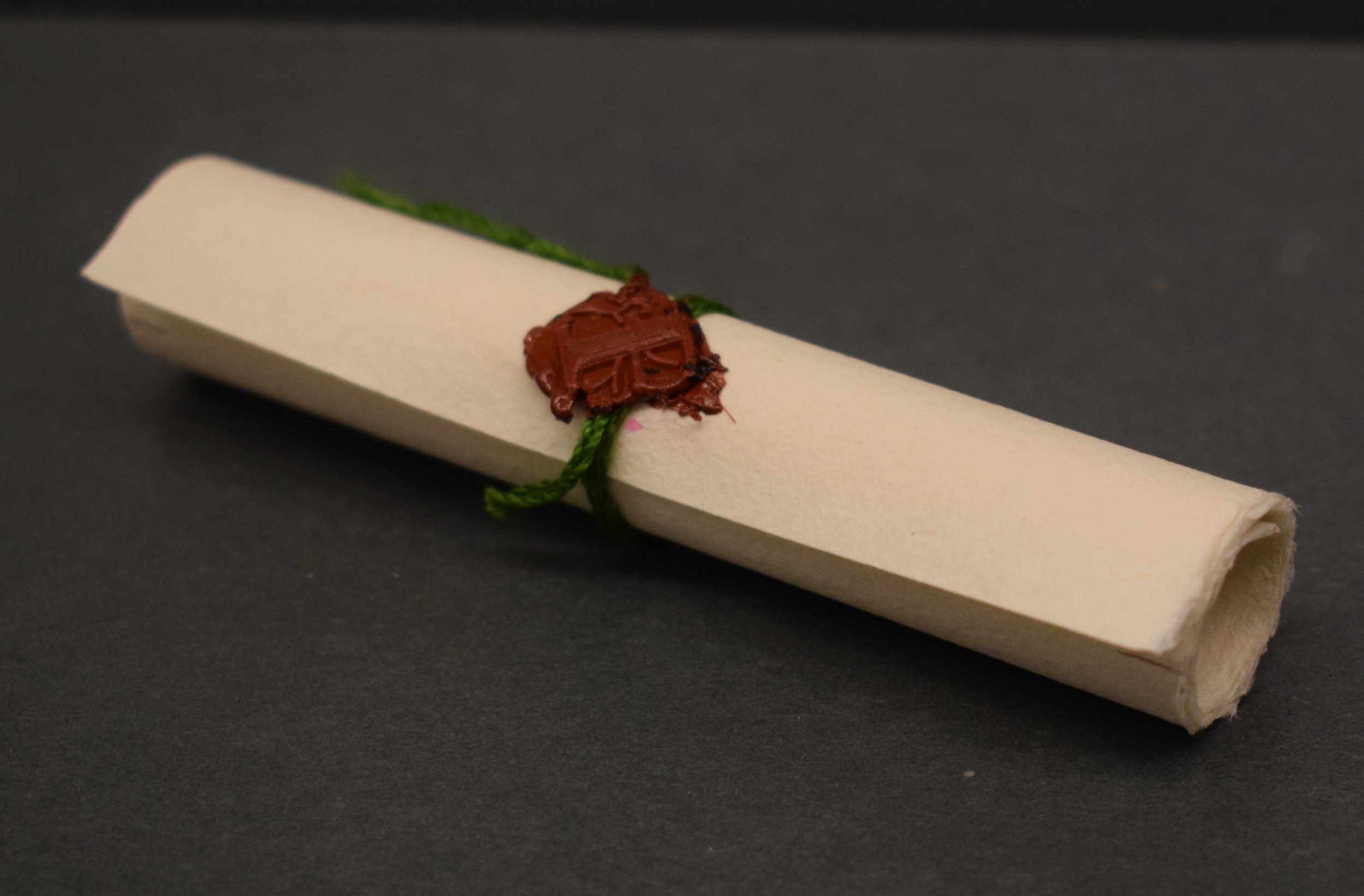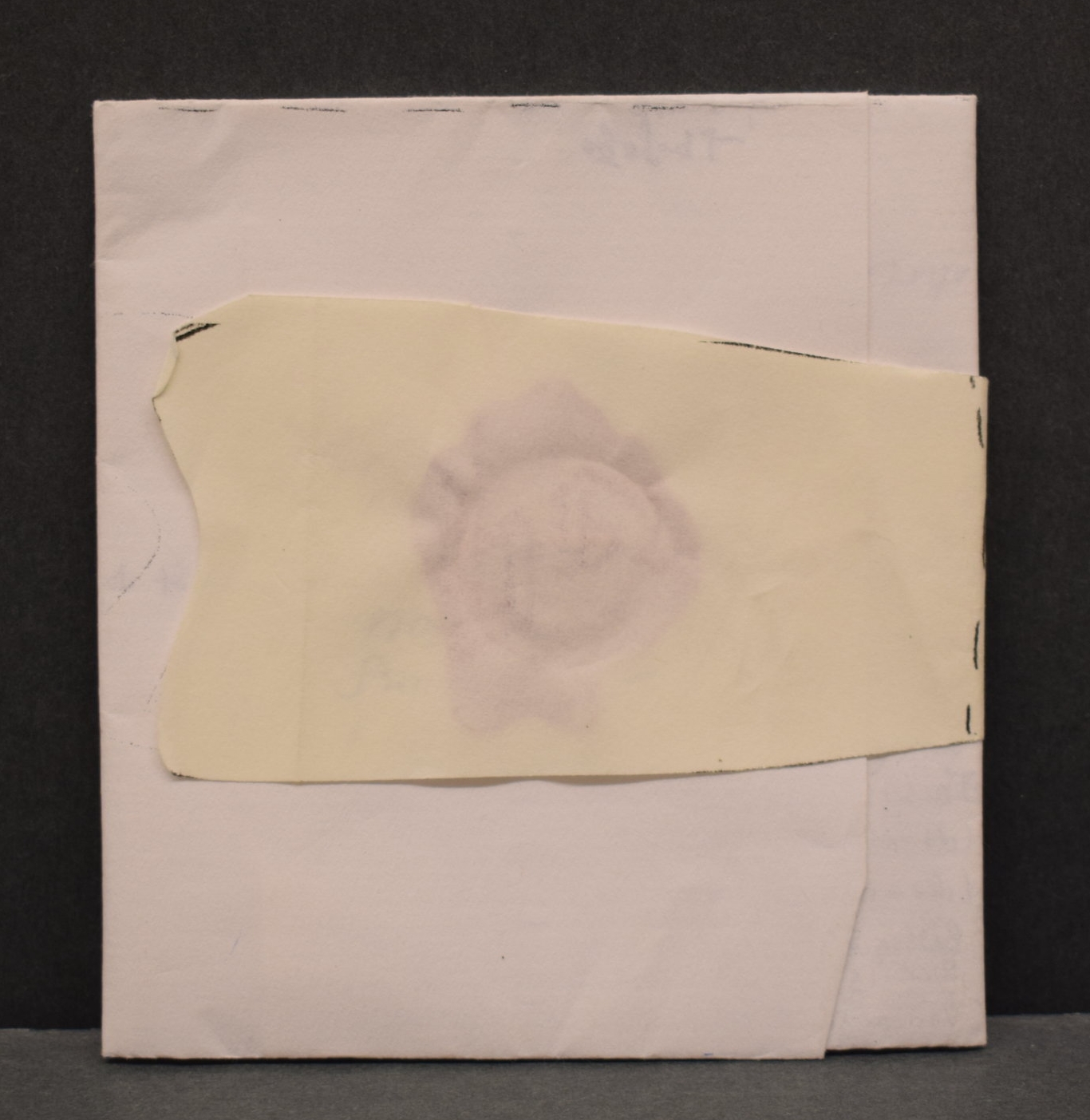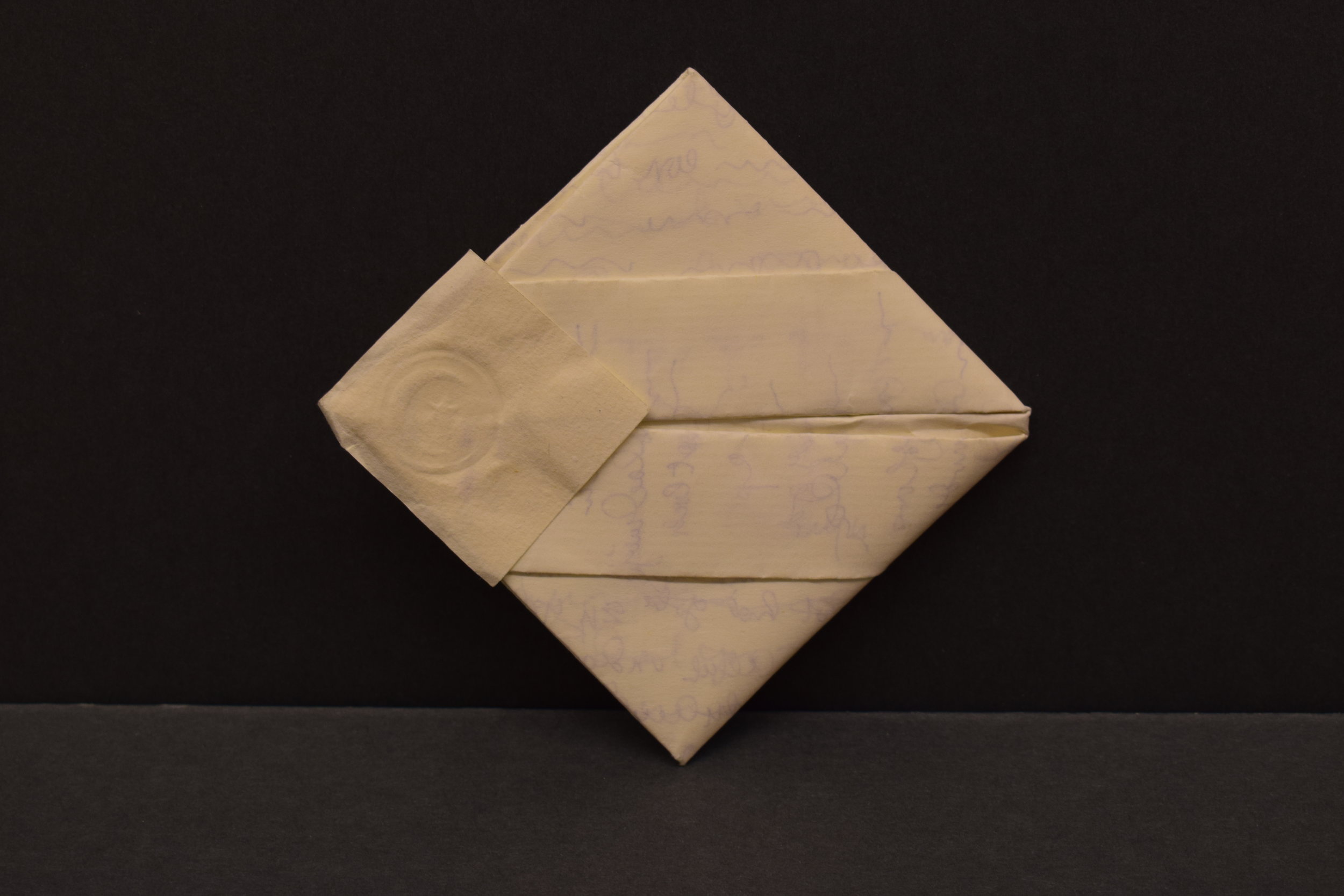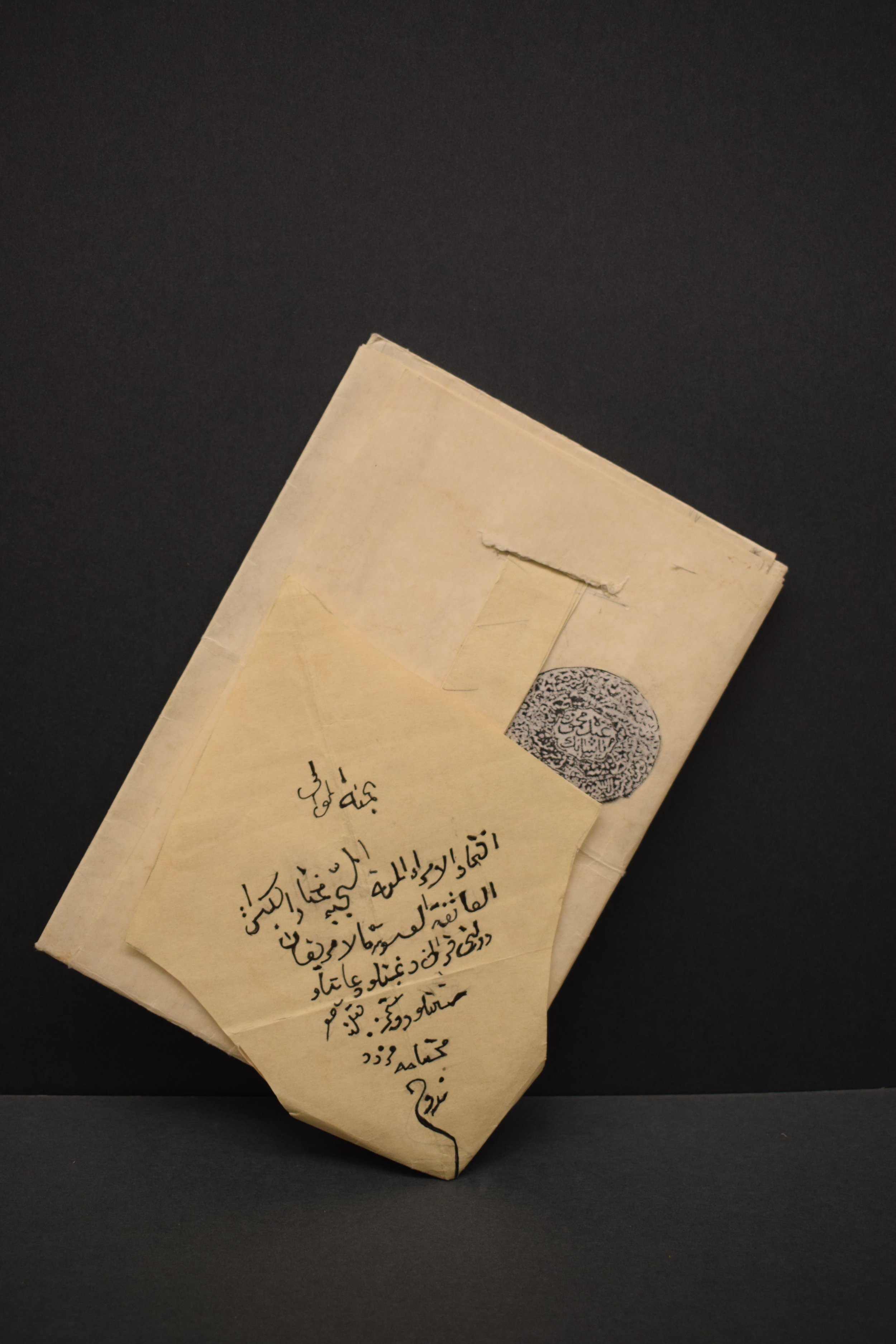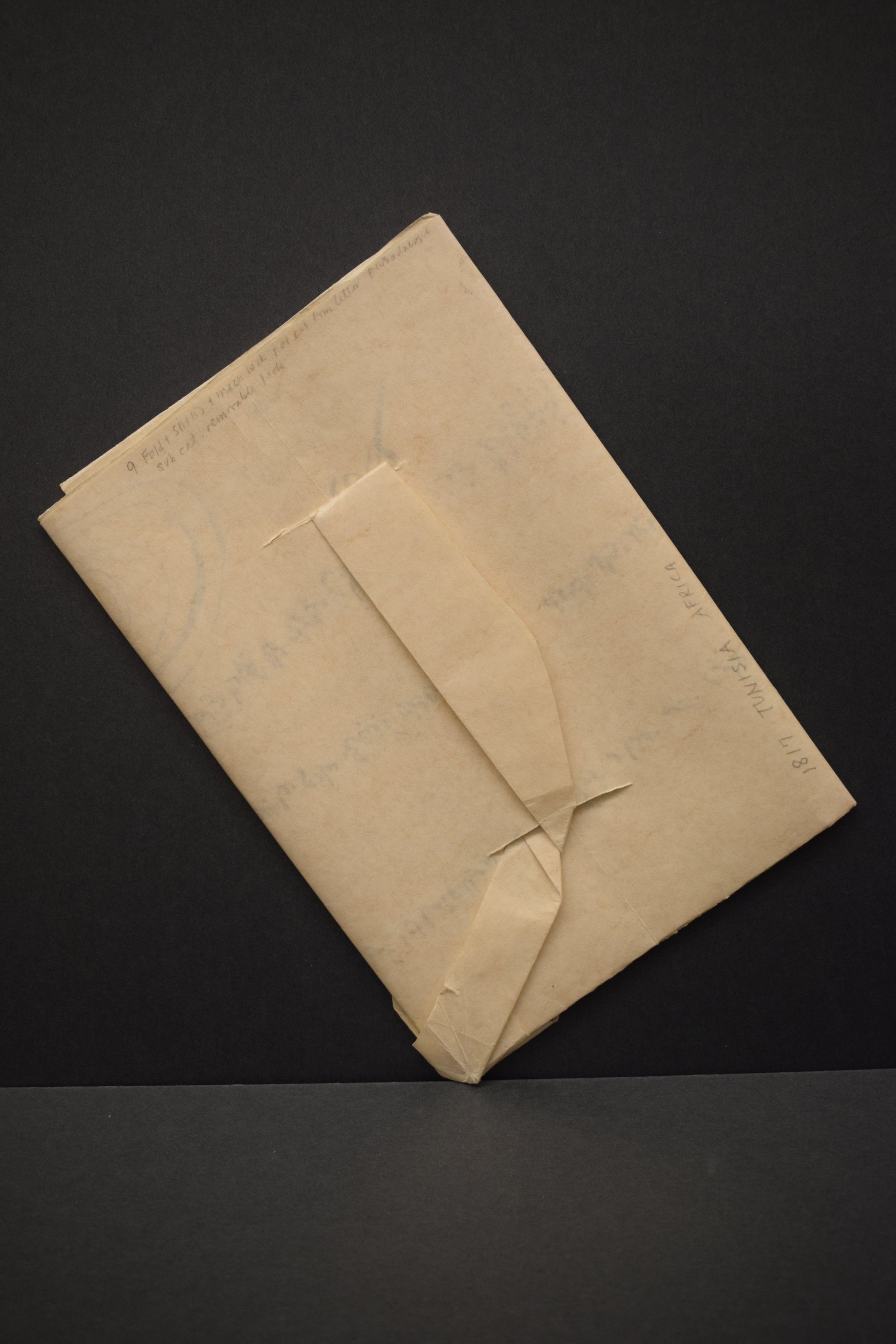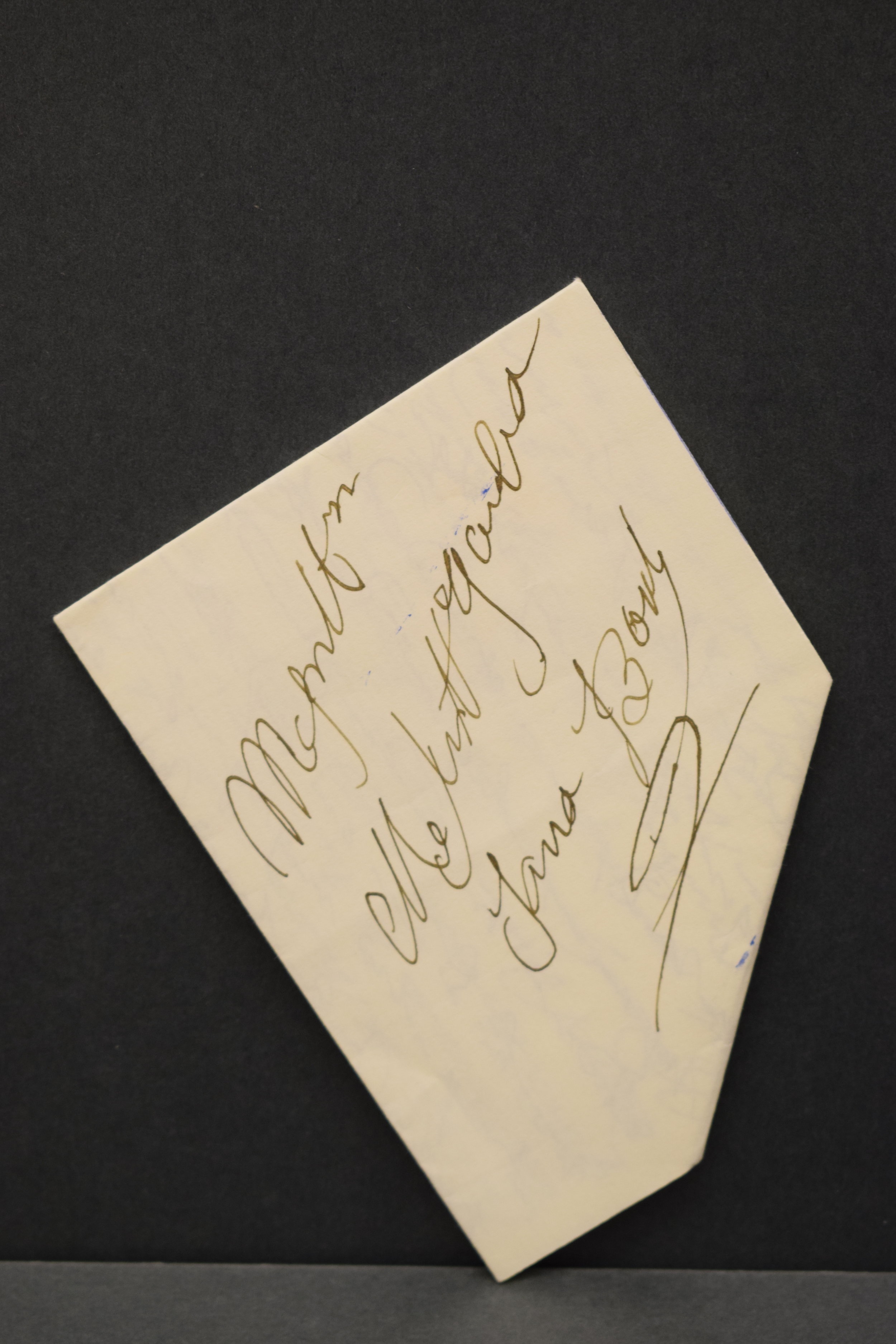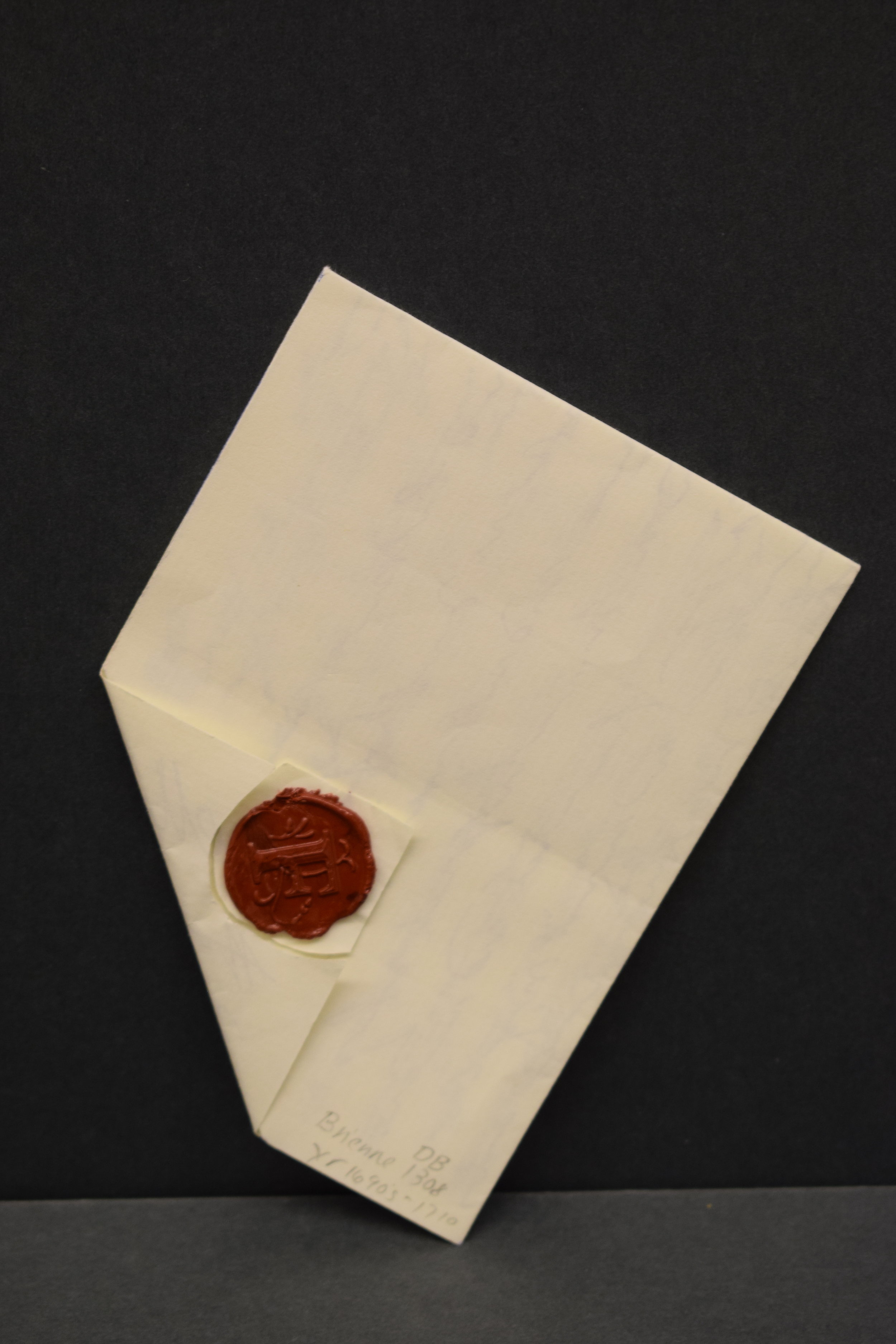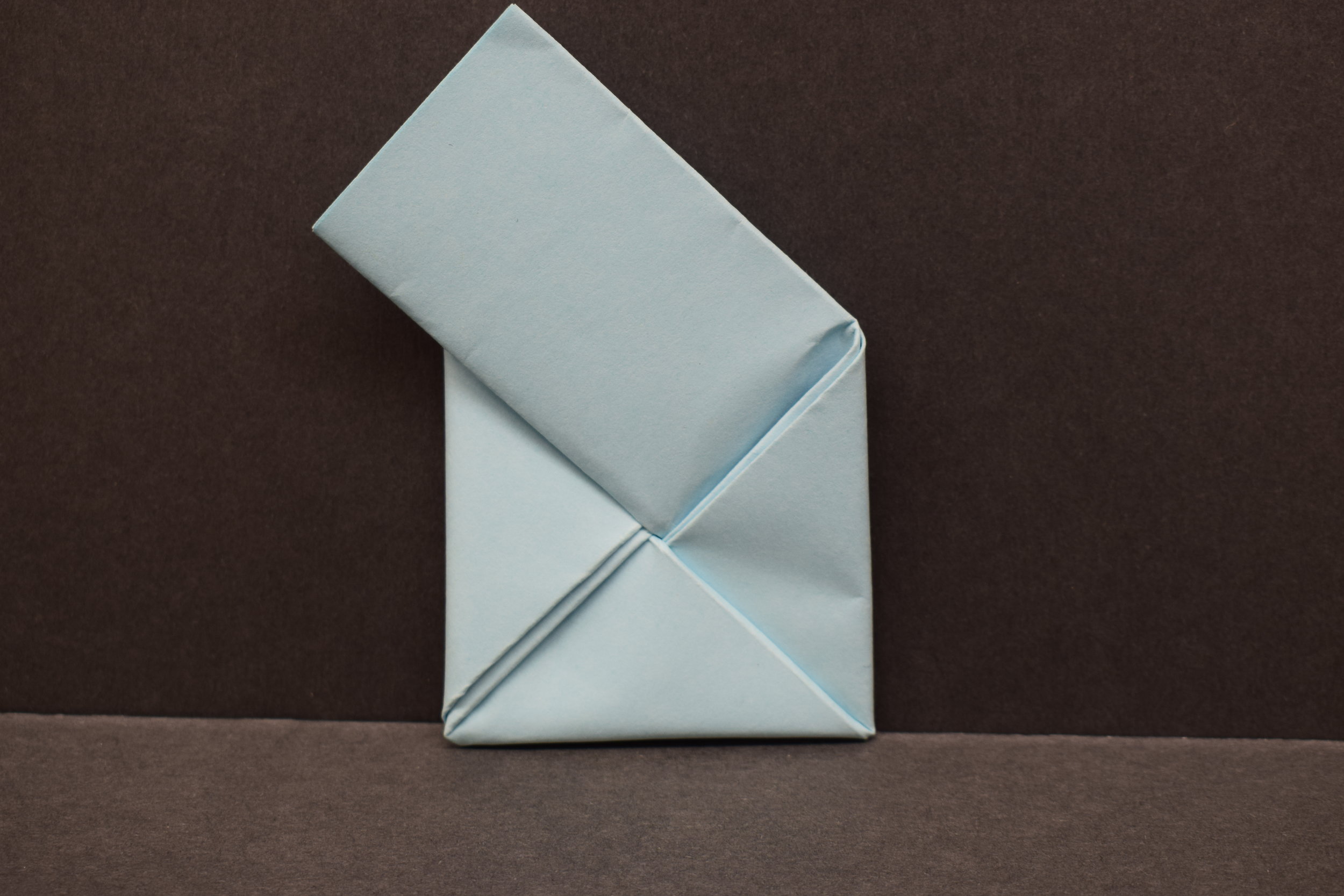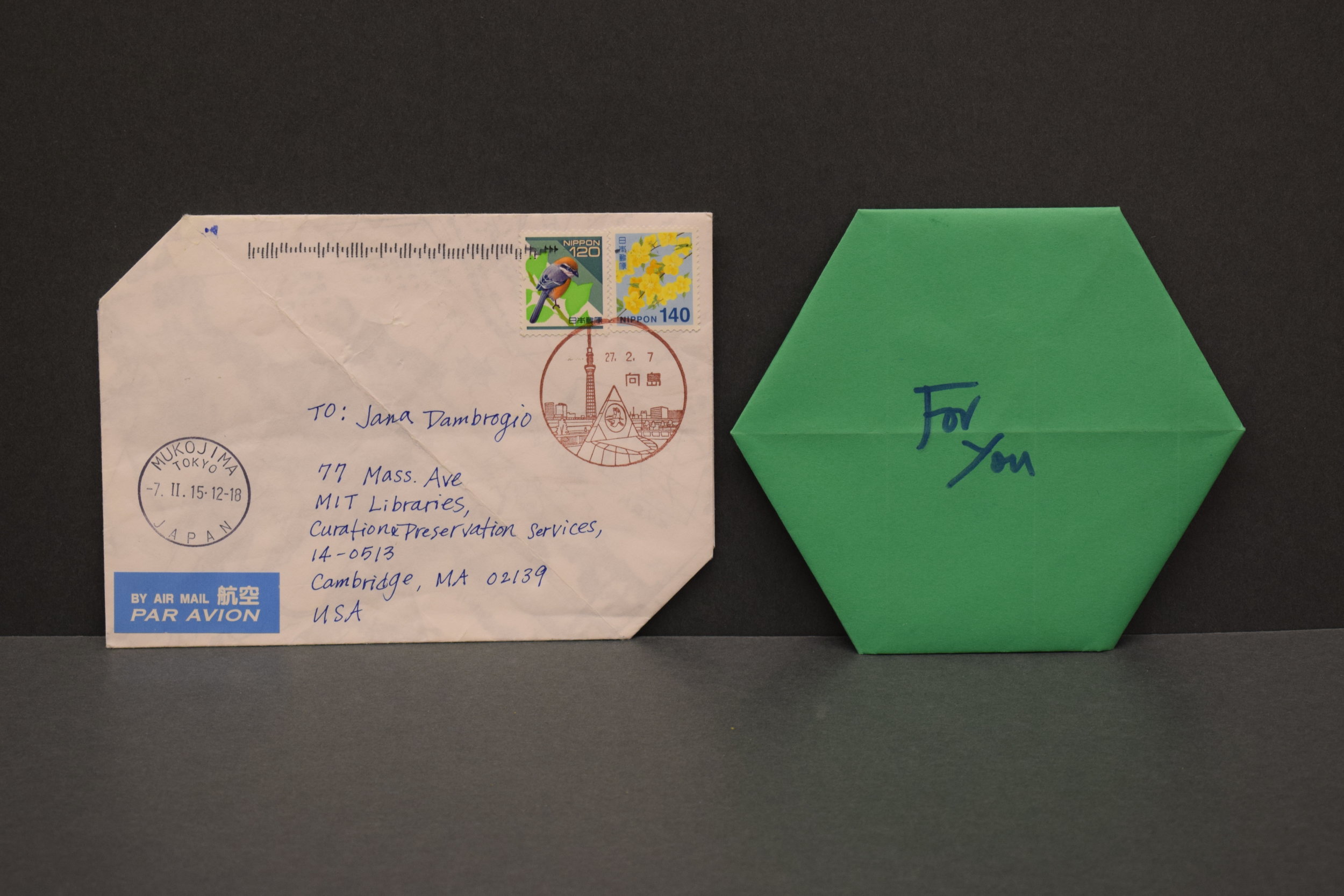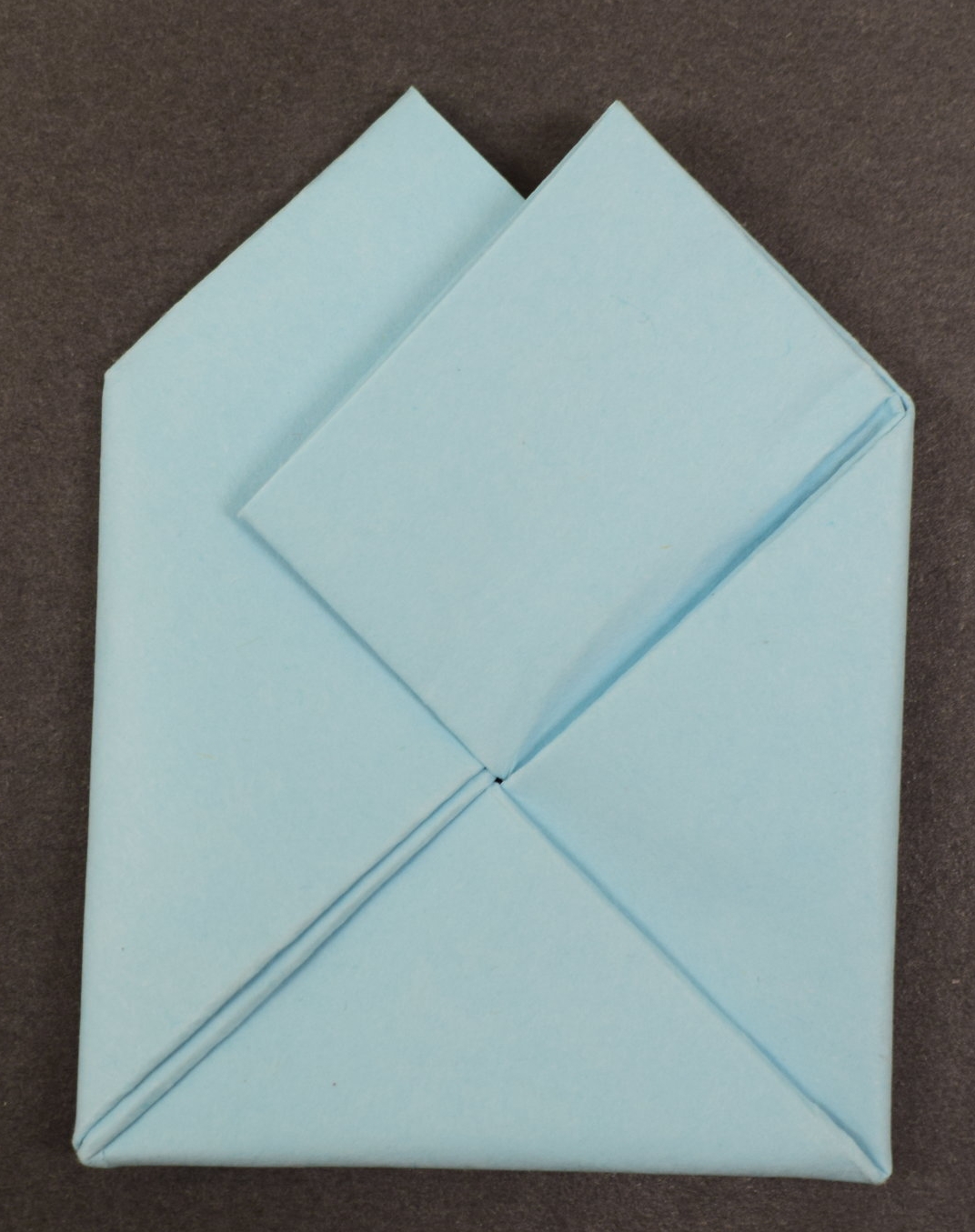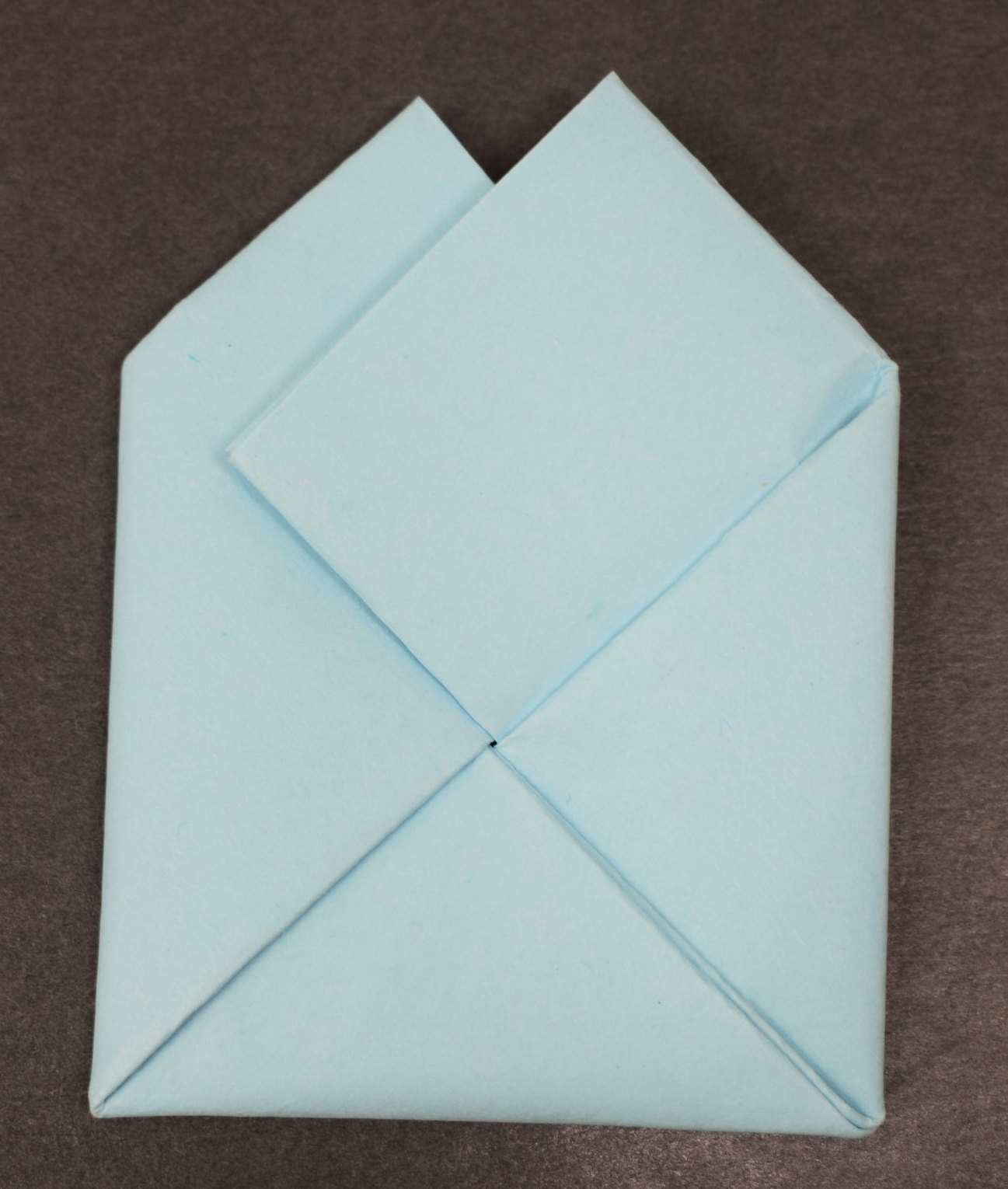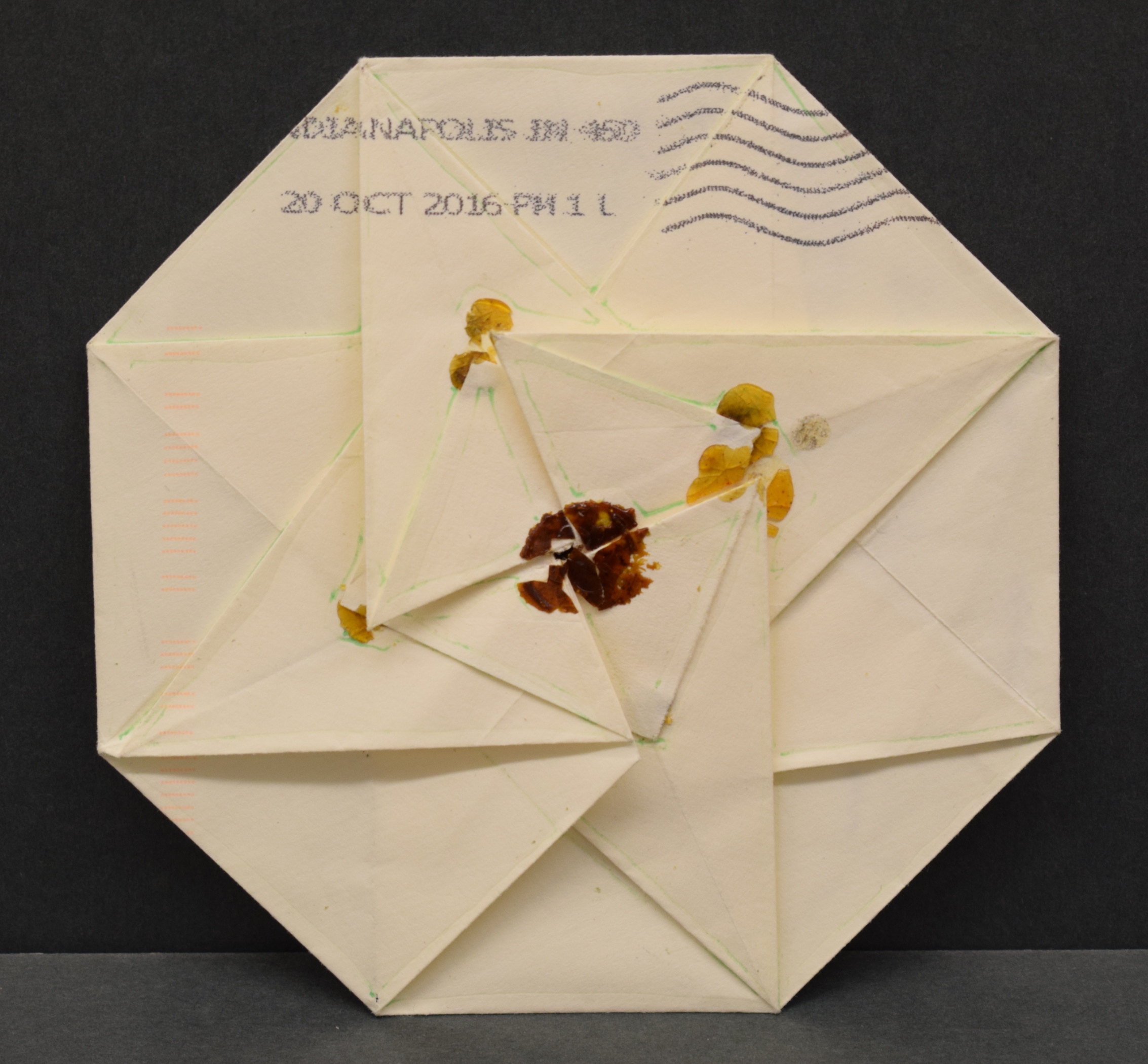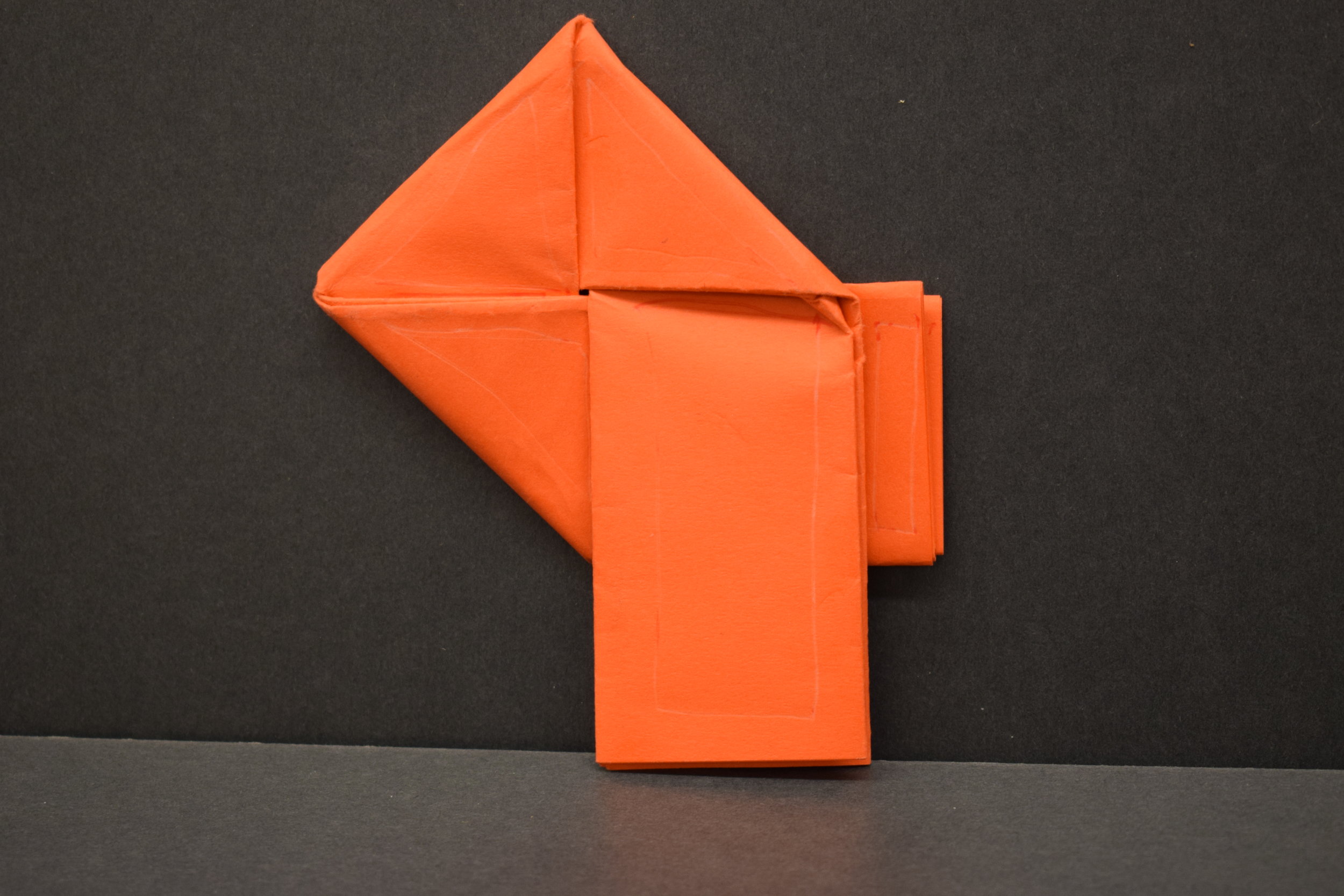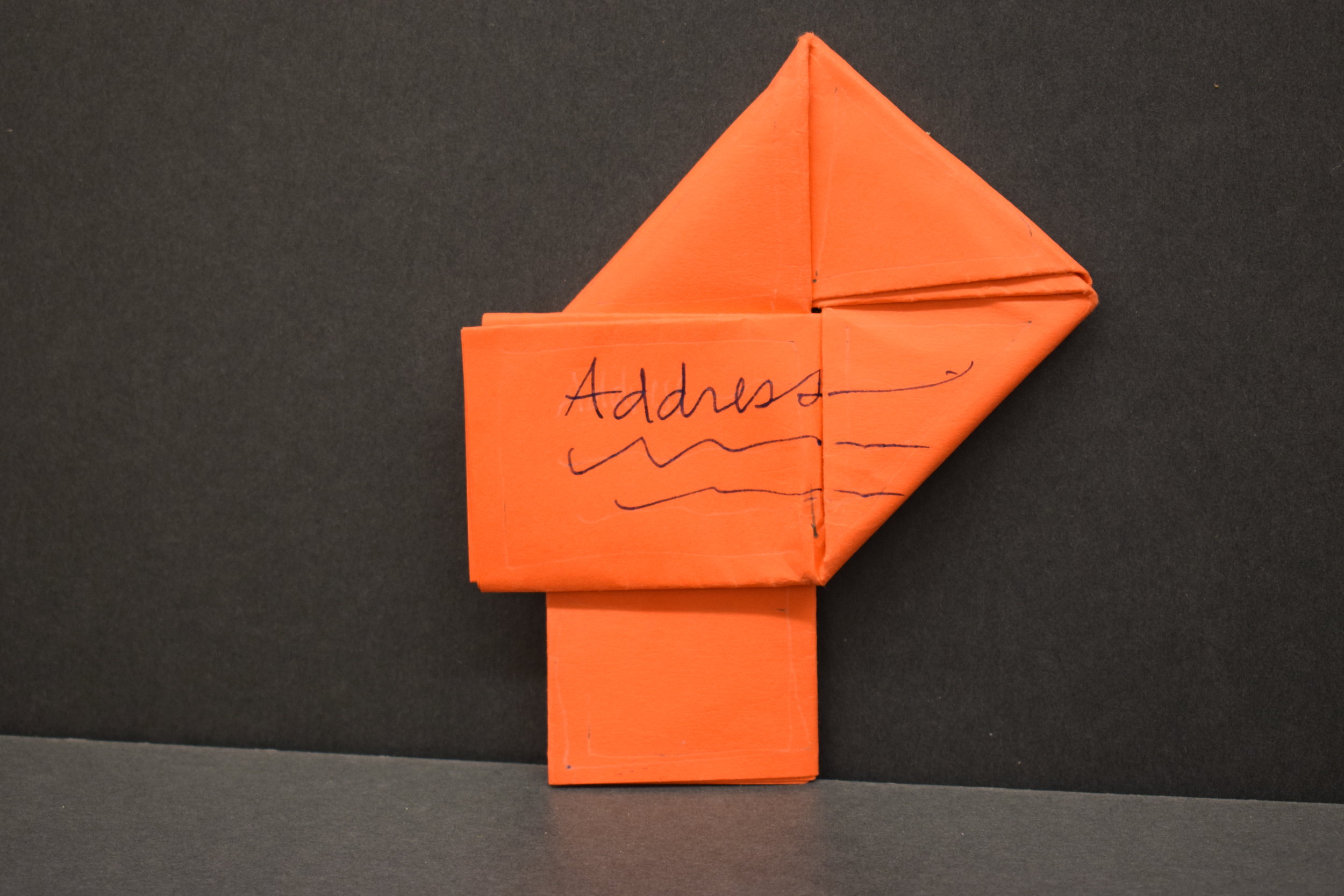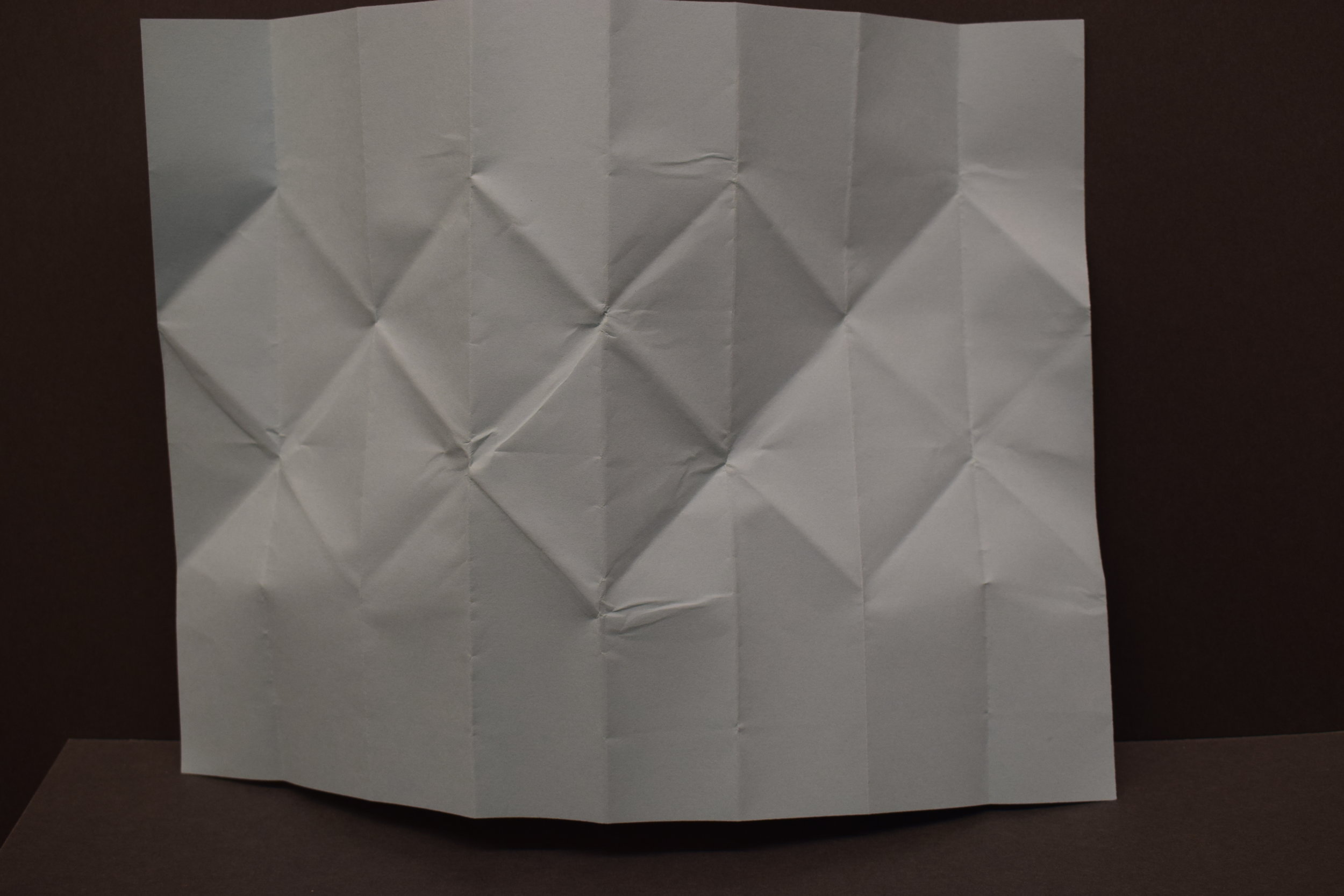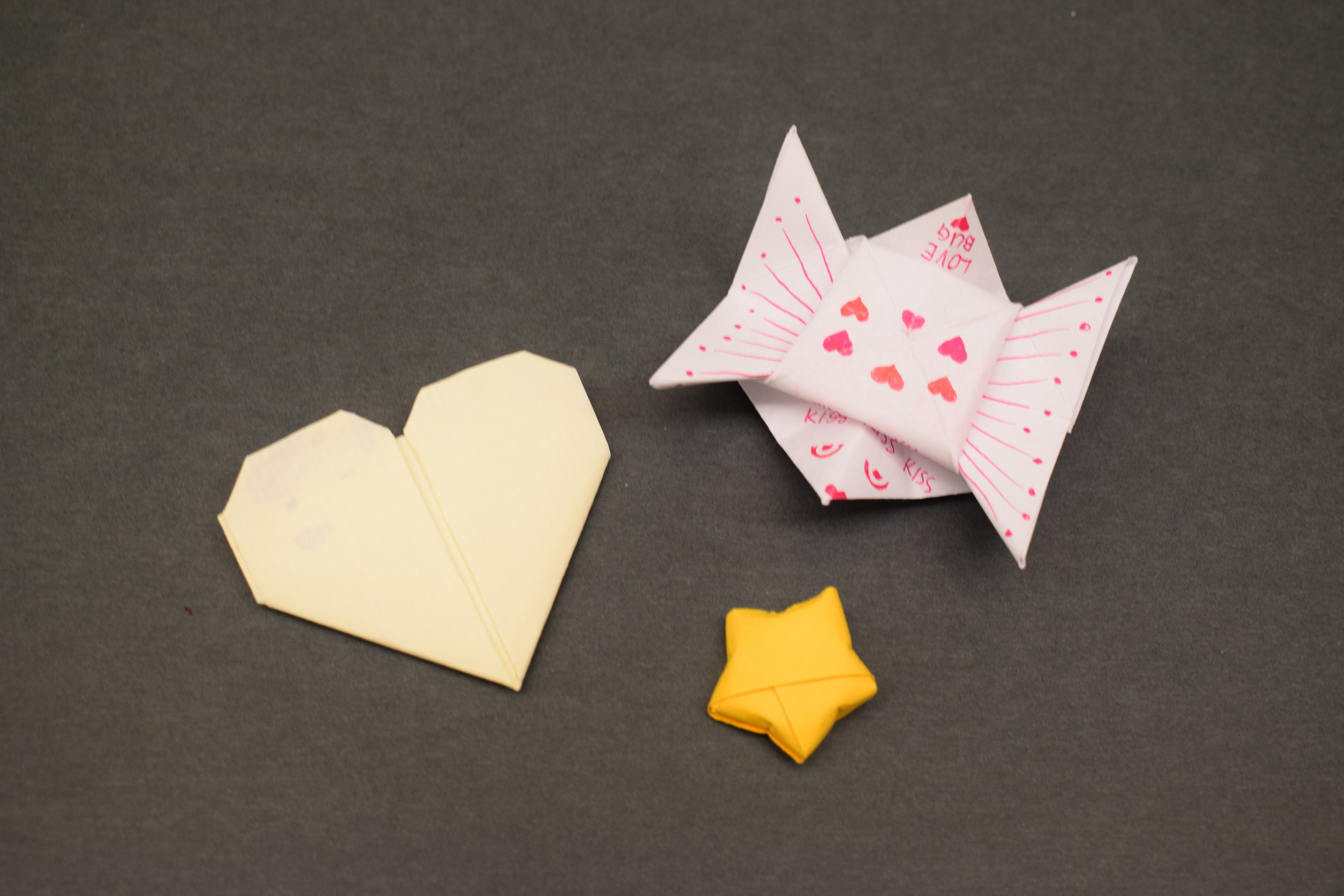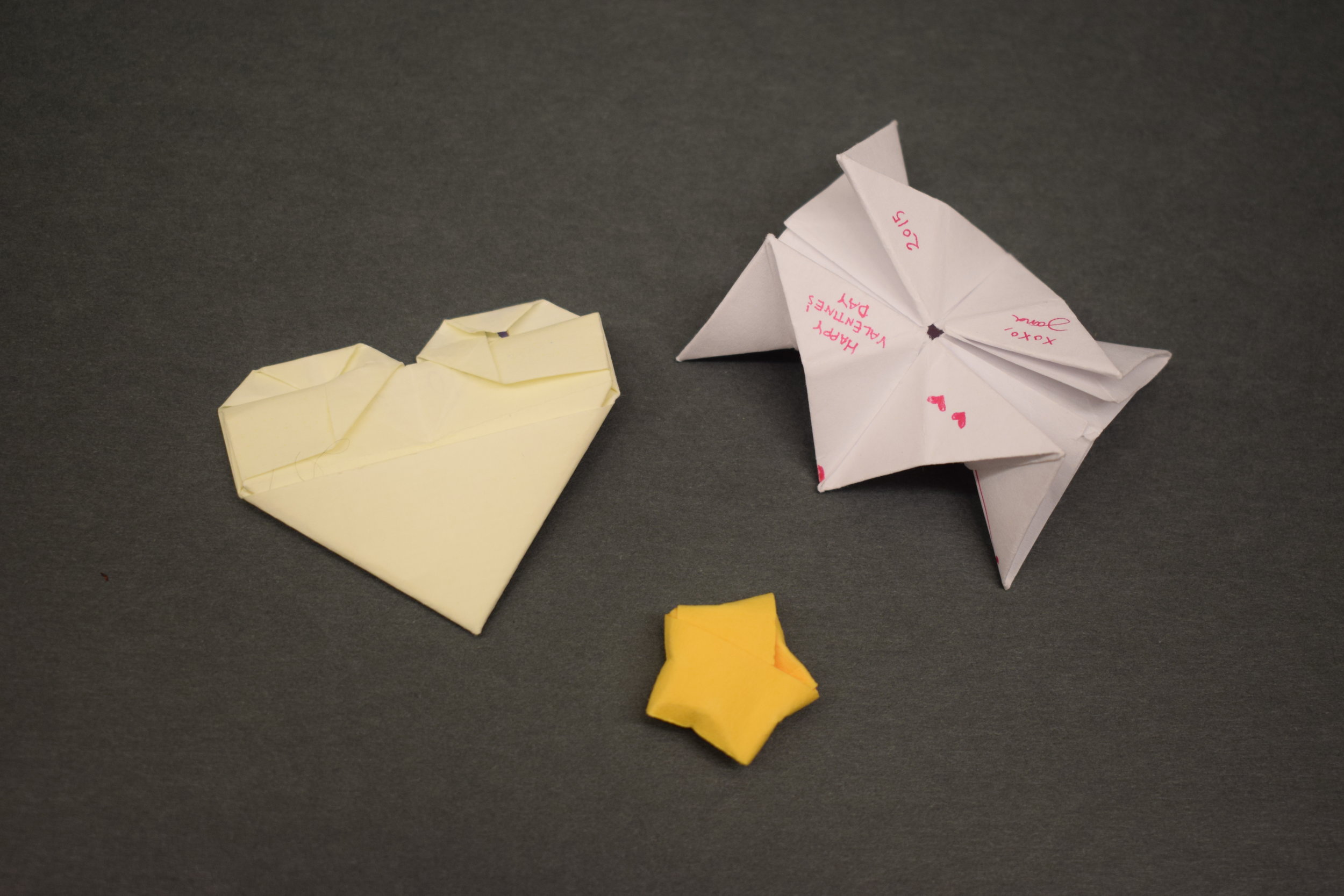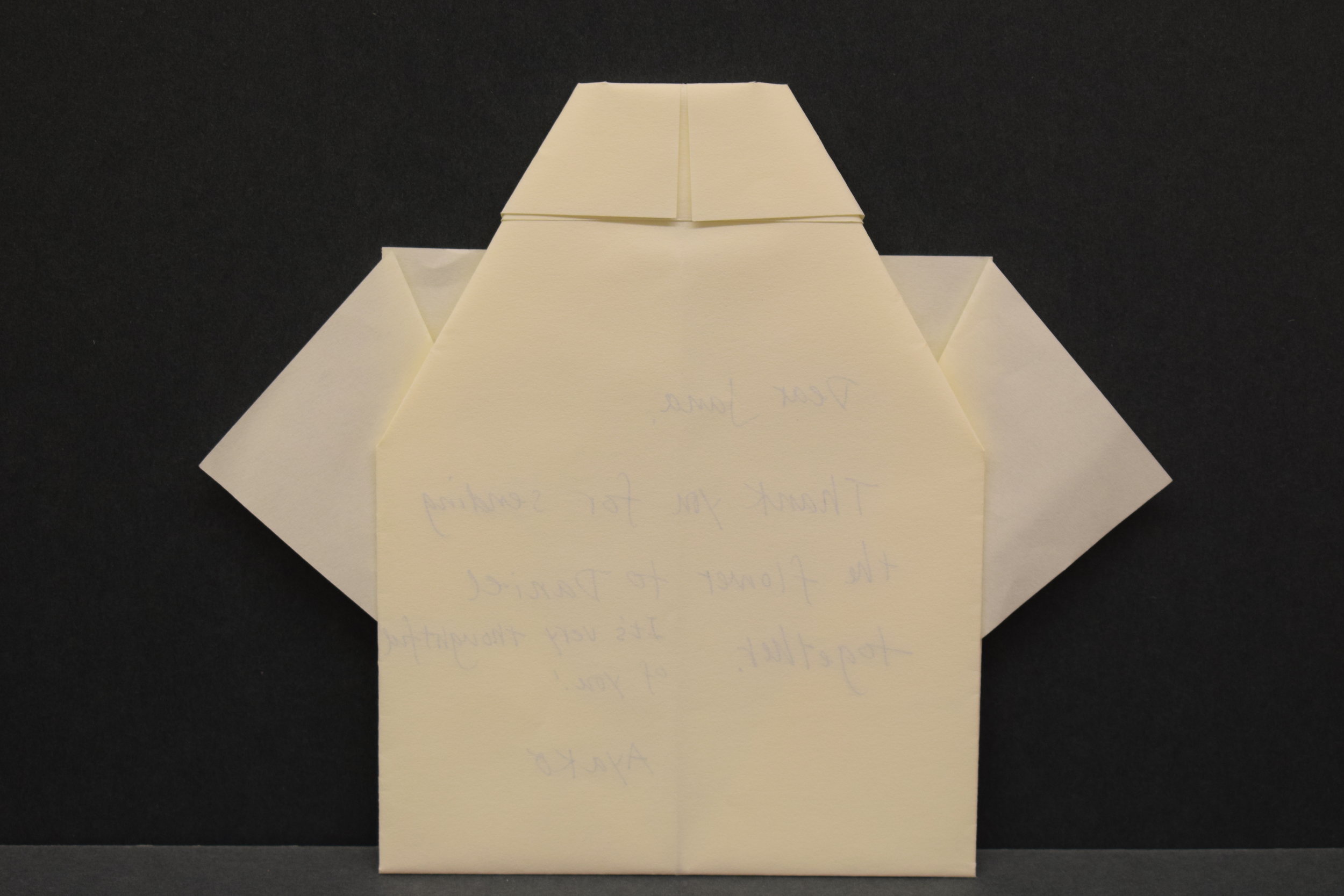Formats
Cite as: Jana Dambrogio, Daniel Starza Smith, and the Unlocking History Research Team. 2016–. Dictionary of Letterlocking (DoLL). Formats. Last updated: 23 February 2021. Date accessed: [Date]. Abbreviated on this page: (DoLL 2021). All images except when noted are courtesy of the Unlocking History Materials Collection.
We define the visual “letterlocking format” as a classification system for locked letterpackets according to their number of edges on the silhouette of a letterpacket, and orientation relative to the address panels.
The letterlocking formats chart shows 18 formats. This number is representative rather than exhaustive, since a letterpacket could conceivably have dozens or hundreds of edges depending on the intricacy of folding. Some letters can be rolled into scrolls or spheres, shapes without edges; these are counted as having infinite edges. Unlocking History has assigned a format number to each historic letterpacket we have encountered, but we have not encountered formats with 11 edges or more than 12 edges.
1+ Sphere
Locked historical containers with more than one edge. Examples include spheres (clay bullae) or rolls (scrolls).
1+- Scroll/sphere (1S)
Locked historical containers with more than one edge. Examples include spheres (clay bullae) or rolls (scrolls).
3 edges – Triangle (3T)
A letterpacket with three distinct edges.
4 edges – Quadrilateral (4Q)
A letterpacket with four distinct edges and no address information.
4 edges – Square (4S)
A letterpacket with four distinct edges.
4 edges – Square Diamond (4D)
A letterpacket with four distinct edges with the address oriented in such a way that when read, the shape of the packet is a diamond with equal length edges.
4 edges – Rectangle Diamond (4RD)
A letterpacket with four distinct edges with the address oriented in such a way that when read, the shape of the packet is a diamond with unequal length edges.
4 edges – Rectangle Tall (4RT)
A letterpacket with four distinct edges with the address oriented in such a way that when read, the shape of the packet has the long edges parallel with the vertical axis and the short edges oriented along the horizontal axis.
4 edges – Rectangle Wide (4RW)
A letterpacket with four distinct edges with the address oriented in such a way that when read, the shape of the packet has the long edges parallel with the horizontal axis and the short edges oriented along the vertical axis.
4 edges – Rectangle Extra Wide (4RXW)
A letterpacket with four distinct edges with the address oriented in such a way that when read, the shape of the packet has the long edges parallel with the horizontal axis and the short edges oriented along the vertical axis.
5 edges – Pentagon (5P)
A letterpacket with five distinct edges.
6 edges – Hexagon (6H)
A letterpacket with six distinct edges.
7 edges – Heptagon (7H)
A letterpacket with seven distinct edges.
8 edges – Octagon (8O)
A letterpacket with eight distinct edges.
9 edges – Nonagon (9N)
A letterpacket with nine distinct edges.
10 – Decagon (10D)
A letterpacket with ten distinct edges.
11 edges – Hendecagon (11H)
A letterpacket with eleven distinct edges.
12 edges – Dodecagon (12D)
A letterpacket with twelve distinct edges.
